In today's home renovation boom, the bathroom has long transcended its role as a mere functional space for cleansing and grooming. It has evolved into a core area embodying quality of life, personal style, and comfort. Attention to bathroom design has shifted from "practicality" to "user-friendliness and aesthetic harmony." Within this trend, the installation height of mirror cabinets has emerged as a seemingly minor yet profoundly influential design detail during renovations.
Mirror cabinets are more than just mirrors; they integrate storage, lighting, and decoration. Their placement height not only determines user comfort but also directly impacts the bathroom's visual balance. In the past, many users installed them "arbitrarily" based on experience or aesthetics, only to discover the mirror was too high to see their complete reflection or too low, causing water accumulation and glare. This not only impaired the experience but also disrupted spatial proportions. Today, with the widespread adoption of refined bathroom design concepts, the "standard installation height" for mirror cabinets is increasingly becoming a topic of shared interest both within and outside the industry.
Market Trend: Human-Centered Details Emerge as New Focus in Bathroom Design
According to the 2025 Global Bathroom Space Trends White Paper, over 73% of home renovation consumers actively seek advice on mirror cabinet installation height and dimensions during bathroom renovations. This represents a nearly 30% increase compared to five years ago. Industry analysis indicates this shift reflects a transition in the home consumption market from "aesthetics-driven" to "experience-driven."
Brands have swiftly responded to this demand. The Design Director of the bathroom stated:
"More and more customers ask before purchasing mirror cabinets: 'What height do you recommend for installation?' Previously, this was arbitrarily decided by installers, but now consumers care more about scientific data and visual effects."
This trend is also driving the standardization and intelligent development of related products. New features like adjustable mounting tracks, ergonomic proportion designs, and built-in lighting systems are elevating mirror cabinets from mere "accessories" to "design protagonists."
Industry Standards: Scientific Proportions Enhance Space Comfort
The industry-recognized "golden ratio" for mirror cabinet installation is: the bottom edge should be approximately 47–53 inchs above the floor, with the mirror's center aligned with the user's average eye level. When paired with a sink countertop, more specific guidelines apply:
Sink countertop height: approximately 31.5–33.5 in;
Mirror cabinet bottom edge height:12–16 in above the countertop;
Top of mirror cabinet: Approximately 71–75 in from floor;
Lighting distance from the mirror cabinet: Maintain a distance of at least 6 in to prevent glare.
These proportions not only adhere to ergonomic principles but also ensure a balance between lighting arrangement and usability, especially in modern bathrooms. Mirror cabinets often feature motion-sensor lights, anti-fog coatings, or built-in outlets—all functions requiring proper height support.
Height Recommendations for Different Spaces
1. Master Bathroom or Personal Bathroom
For individual users, height can be adjusted based on stature. For users around 67 inch tall, the bottom edge of the mirror cabinet should be installed at 49 inch; taller users may adapt it appropriately to 51 inch or higher.
2. Shared Family Bathrooms
For bathrooms used by multiple family members, designers typically recommend the "average height" principle—a bottom edge of approximately 47–49 in. This accommodates adults while ensuring children can reach the mirror surface.
3. Bathrooms for Children or Seniors
For children, seniors, or individuals with limited mobility, lower the mirror cabinet to 43–45 in. Safety features like soft-close hinges and shatterproof glass are also recommended to prevent accidents.
4. Dual Sink or Spacious Layouts
For double-sink configurations, the mirror cabinet should be symmetrically aligned with the sinks to maintain visual balance. For large, full-wall mirror cabinets, designers suggest positioning the mirror's center along the golden ratio line of the wall (approximately 5/8 of the total height) to achieve optimal visual extension.

Common Pitfalls: Small Details Impact Big Experiences
Though mirror cabinet installation seems straightforward, numerous issues persist during actual renovations:
Installing mirror cabinets too high — making them difficult for children or shorter users to access;
Failing to plan for power outlets — requiring rewiring if you later want to add defogging lights or smart motion sensors;
Ignoring Wall Load-Bearing Capacity — Mirror cabinets often contain glass and storage shelves, making them quite heavy. Installing them on thin walls or hollow brick walls can lead to loosening;
Neglecting Lighting Coordination — If overhead fixtures are too close, glare or reflections can occur, affecting makeup application or shaving results.
Industry experts advise confirming wall structure, power locations, and lighting layouts before installation to avoid costly retrofits.
Expert Perspective: Height is Not a Fixed Number, but a Proportional Aesthetic
Linda Meyer, an ASID-certified designer, states:
"The core of mirror cabinet installation lies not in numbers, but in proportion and harmony. The ideal height is one that feels natural and comfortable to the user while aligning with the visual center of the space."
She adds that modern bathroom design emphasizes the holistic harmony of the "mirror cabinet-lighting-sink" trio. A well-chosen installation height not only enhances visual appeal but can also amplify the sense of space, making compact bathrooms appear brighter and more airy.
Innovation Unveiled: Adjustable Mirror Cabinet System
Addressing growing personalized demands, a bathroom brand has launched a new generation of height-adjustable mirror cabinet systems. Featuring sliding bracket designs, this series allows users to freely adjust installation positions within a 4–8in range, significantly enhancing flexibility.
Additionally, the new mirror cabinet series integrates:
Smart sensor lighting system: Automatically detects human proximity to adjust brightness;
Anti-fog heating function: Ensures clarity even in humid environments;
Hidden USB ports and outlets: Supports direct charging for electric toothbrushes and razors;
Moisture-resistant storage structure: Extends product lifespan.
The reports strong reception in North American and European markets, particularly among younger consumers and small-space households. The brand anticipates expanding into additional markets.
Future Trends: Smart, Customized, and Eco-Friendly Convergence
Smart Integration
Future mirror cabinets will further integrate with smart home systems, enabling voice-controlled lighting, anti-fog functions, and music playback.
Personalized Customization
Consumers can select cabinet dimensions and installation heights via online platforms based on height, space, and style preferences, achieving "one design per household."
Eco-Friendly Materials
Sustainable panels and energy-efficient LED lighting will become mainstream, reducing energy consumption while enhancing product longevity.
Design Integration
Mirror cabinets, vanities, and lighting will be designed modularly for unified aesthetics and streamlined installation.
Conclusion: Details Define Comfort, Science Builds Quality
Though seemingly minor, mirror cabinet installation height is a critical detail in bathroom renovations. Scientific height planning not only impacts usability but also reflects spatial design sophistication.
As consumers increasingly prioritize quality in details, and mirror cabinets are evolving from supporting elements to focal points in bathroom design. It is foreseeable that selecting the appropriate mirror cabinet height in future bathroom renovations will no longer be a casual decision, but rather a design art that integrates functionality, aesthetics, and technology.

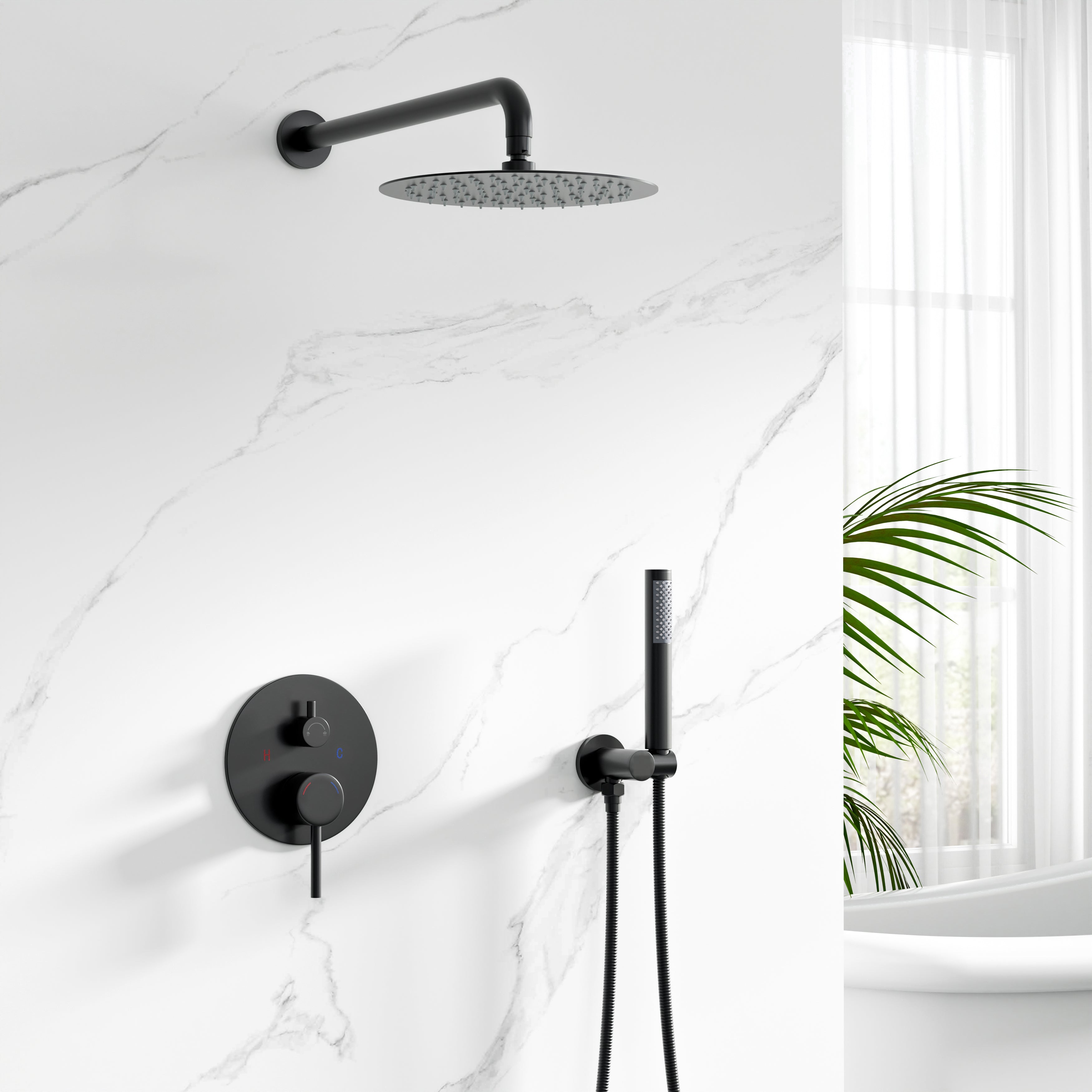
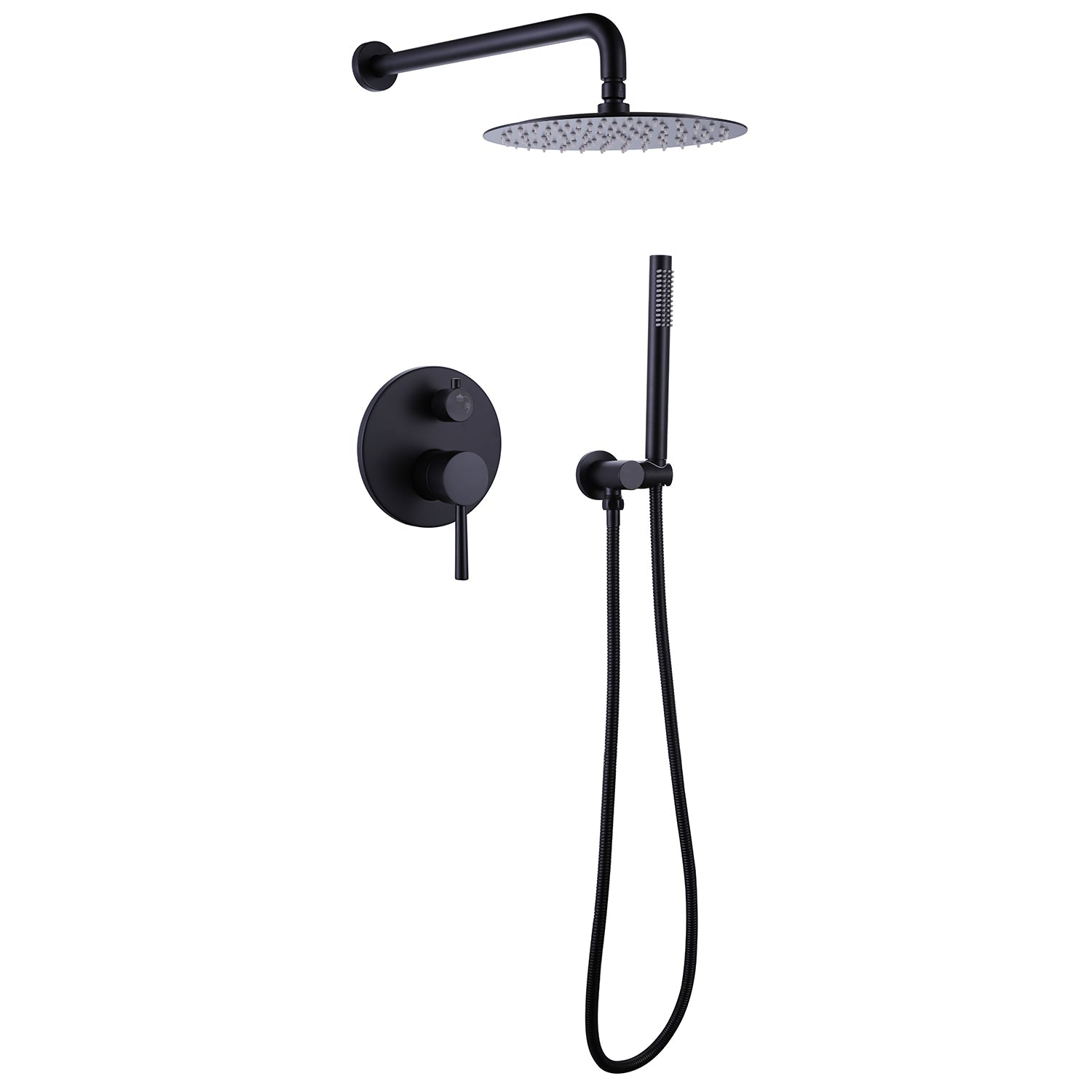


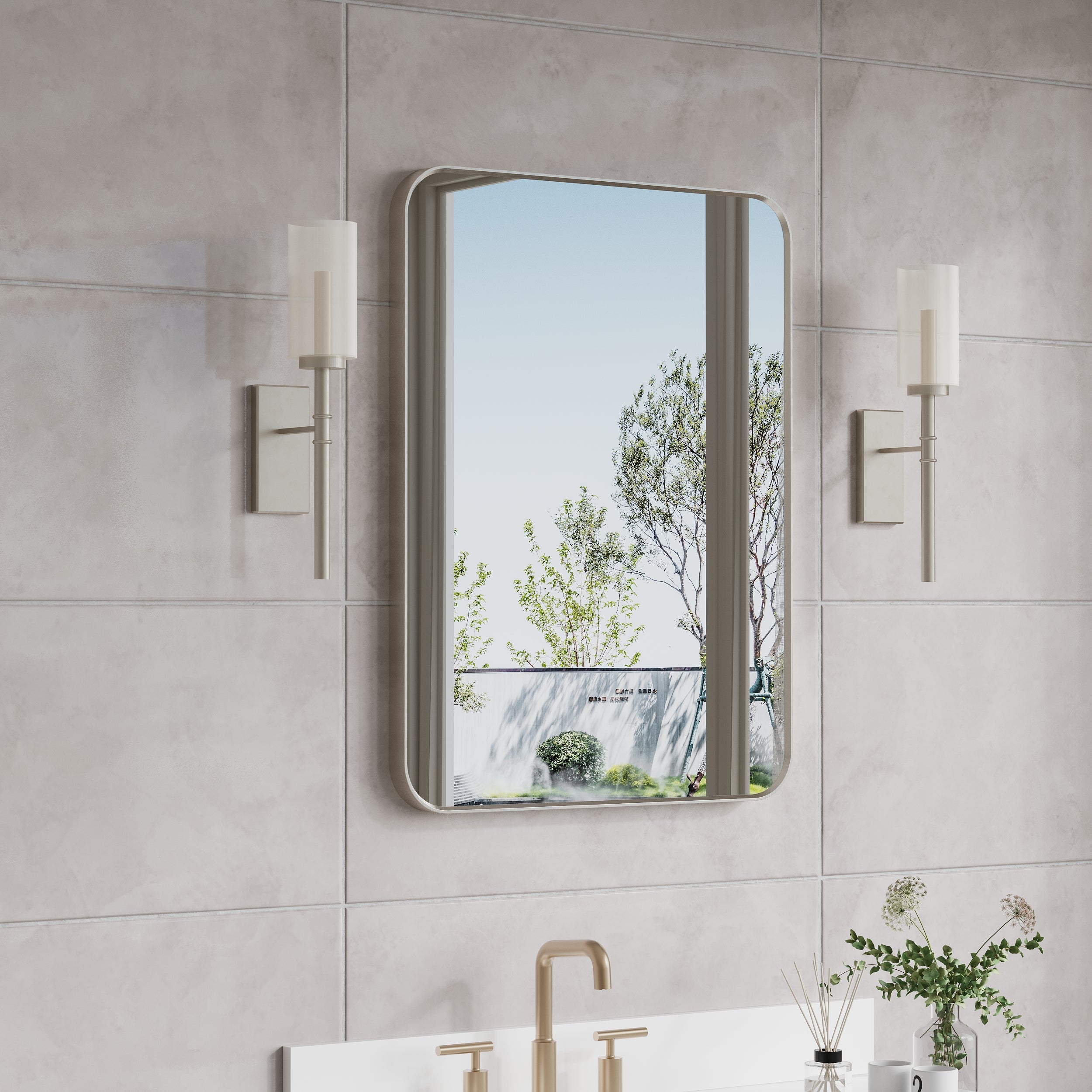
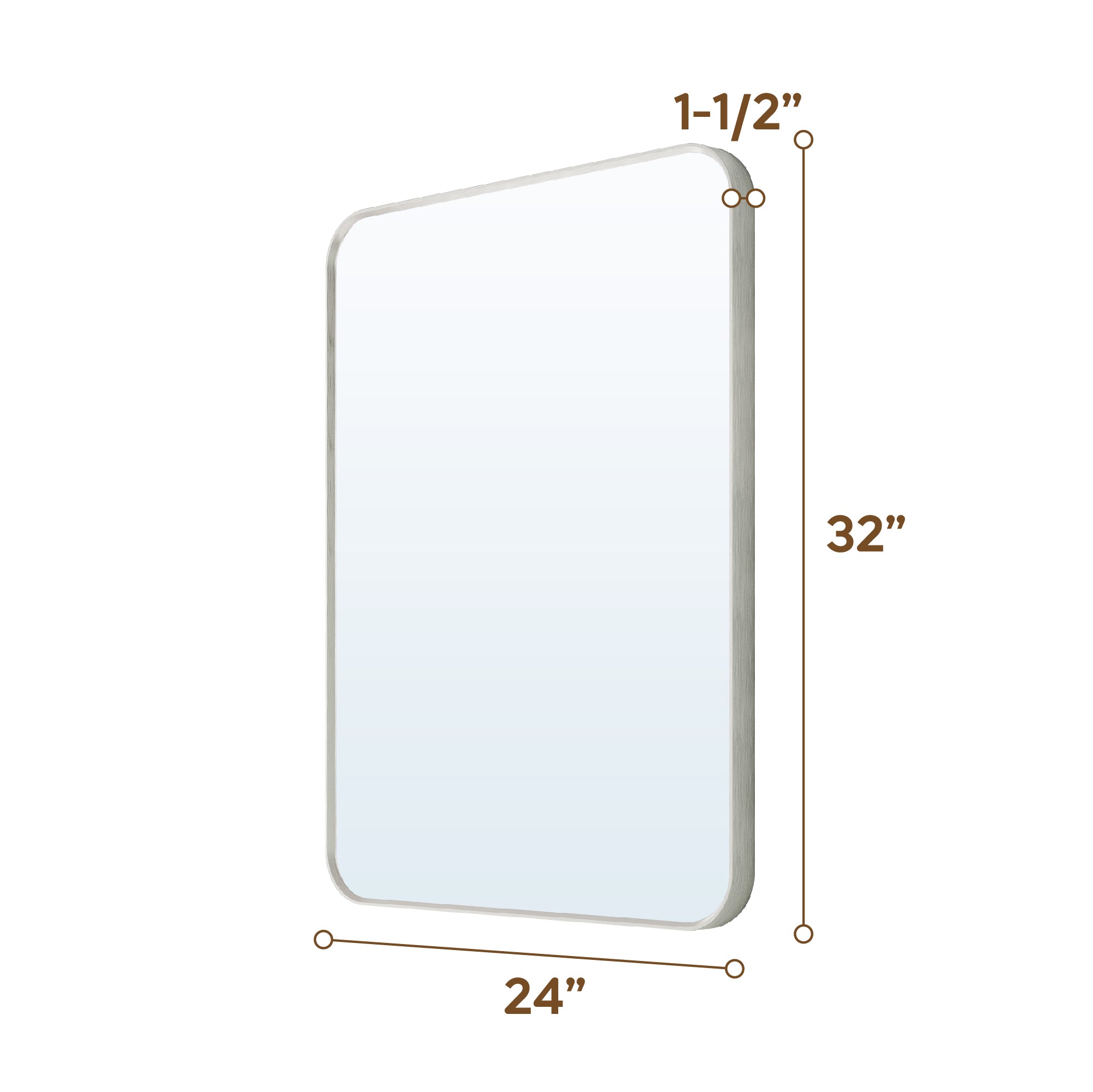
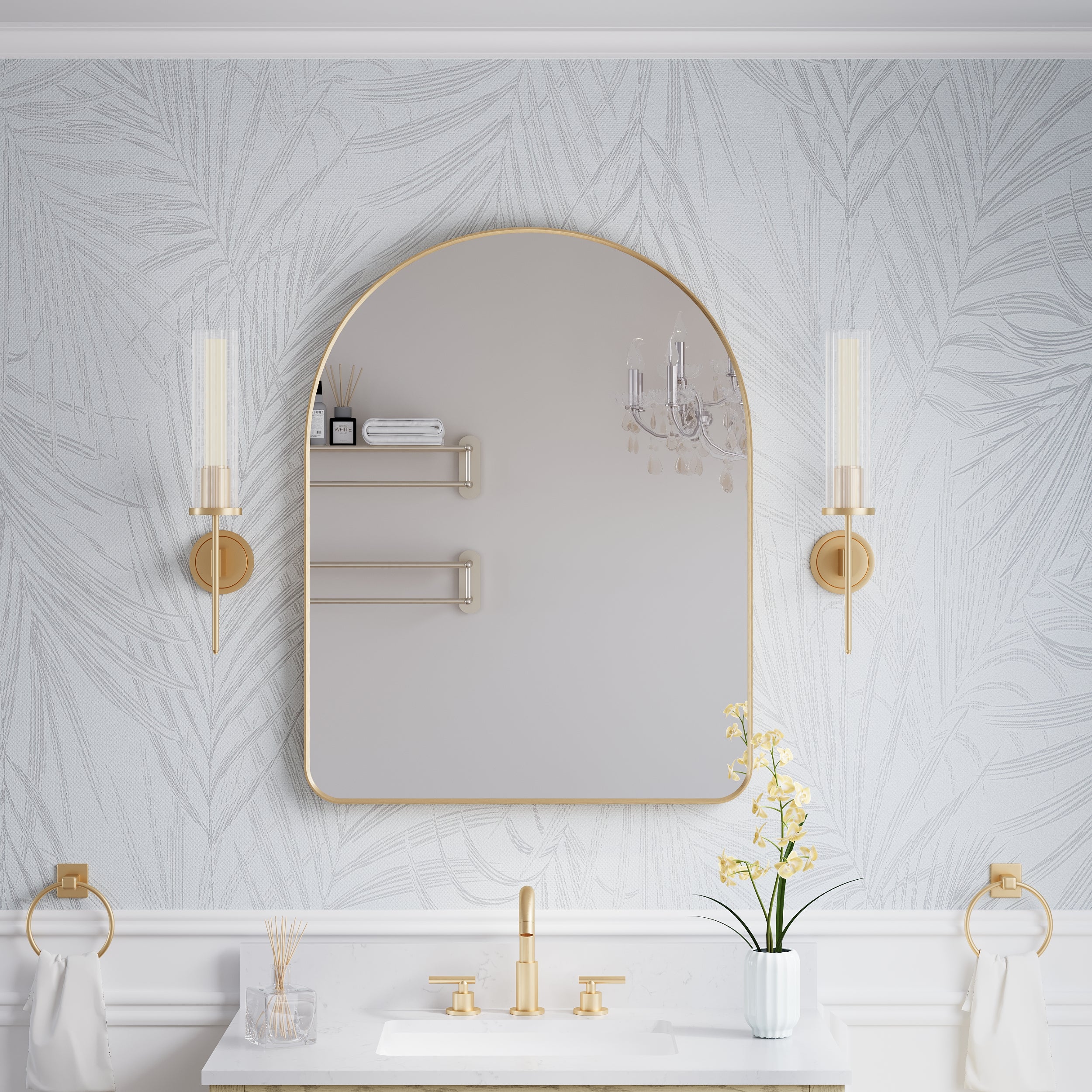
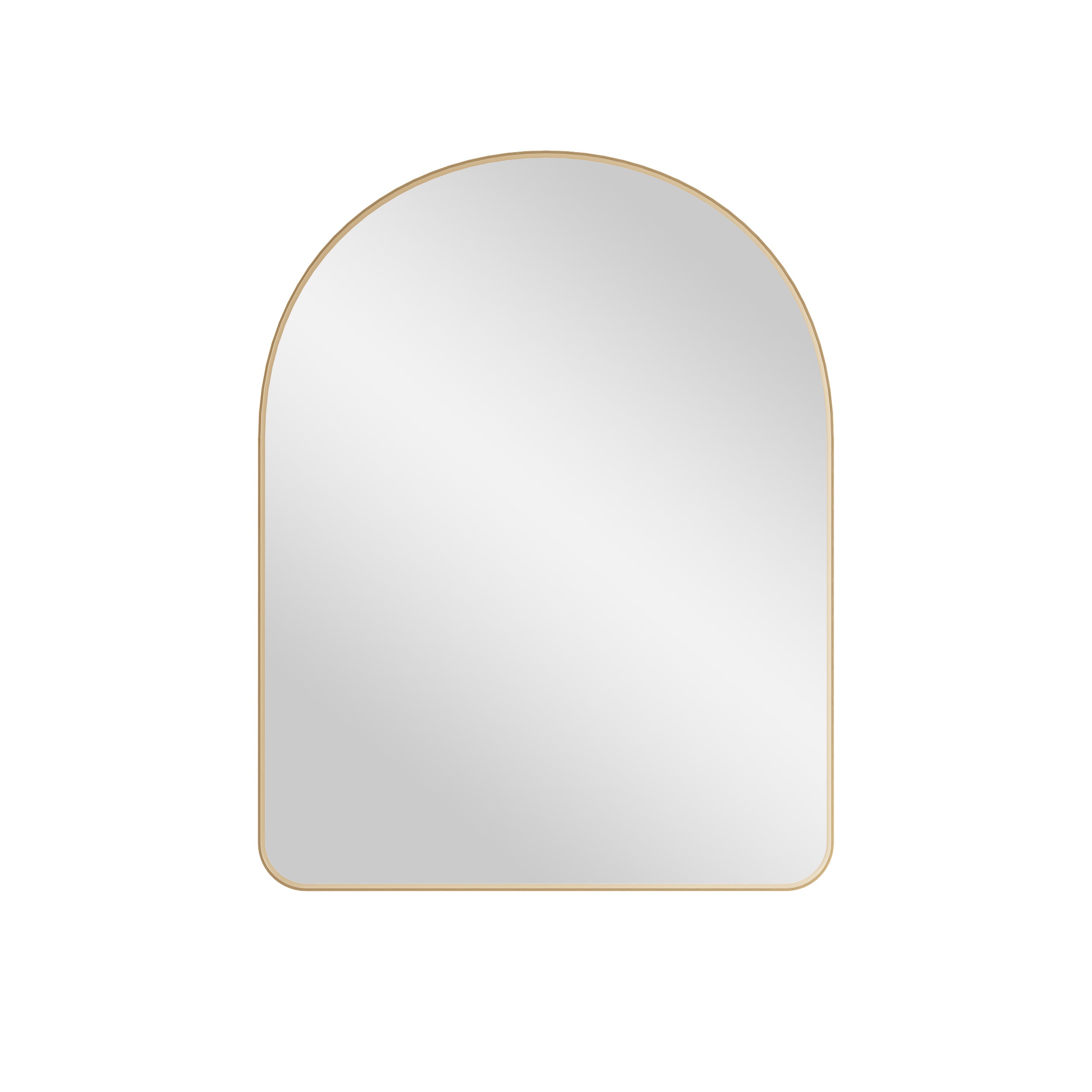
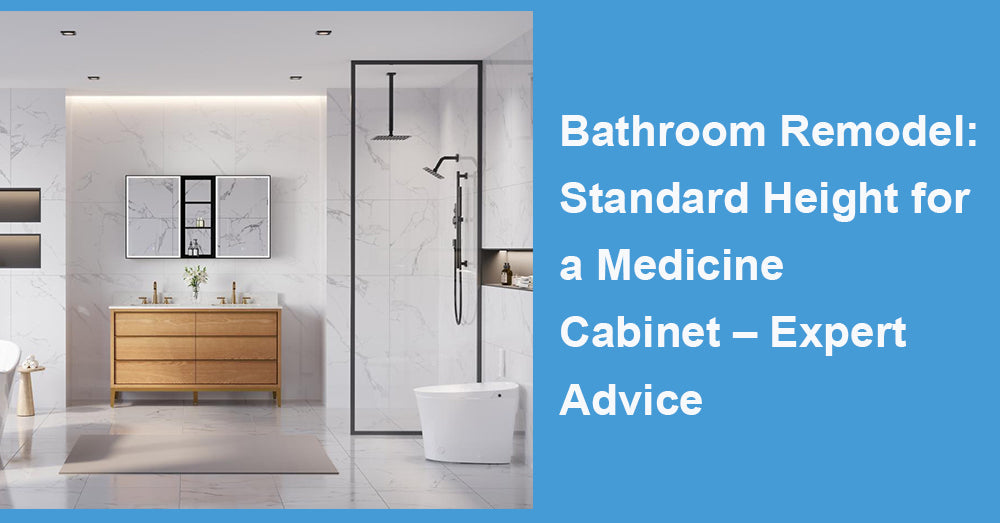
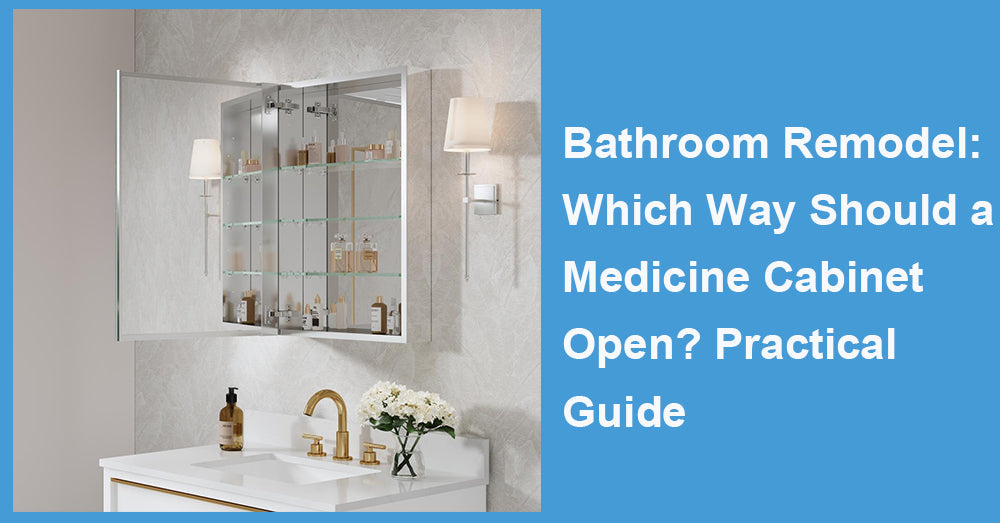
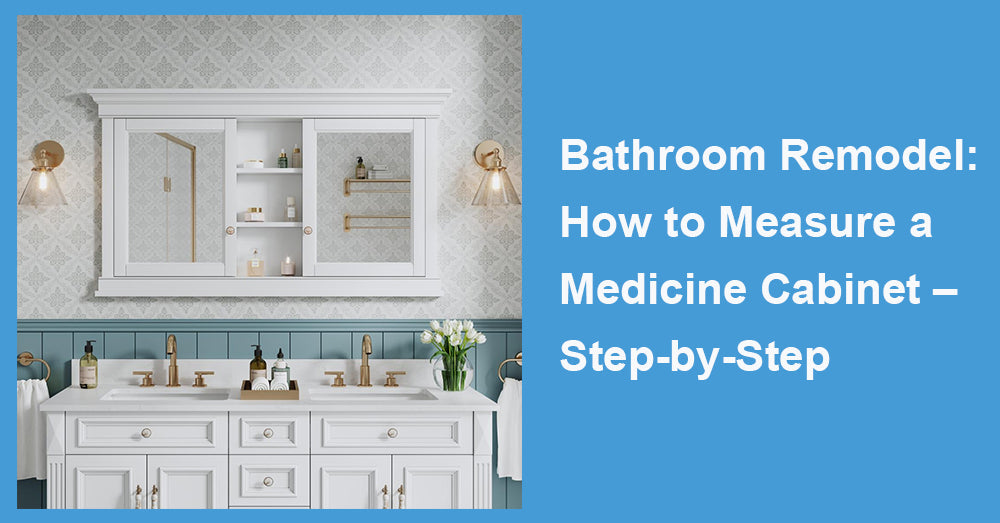
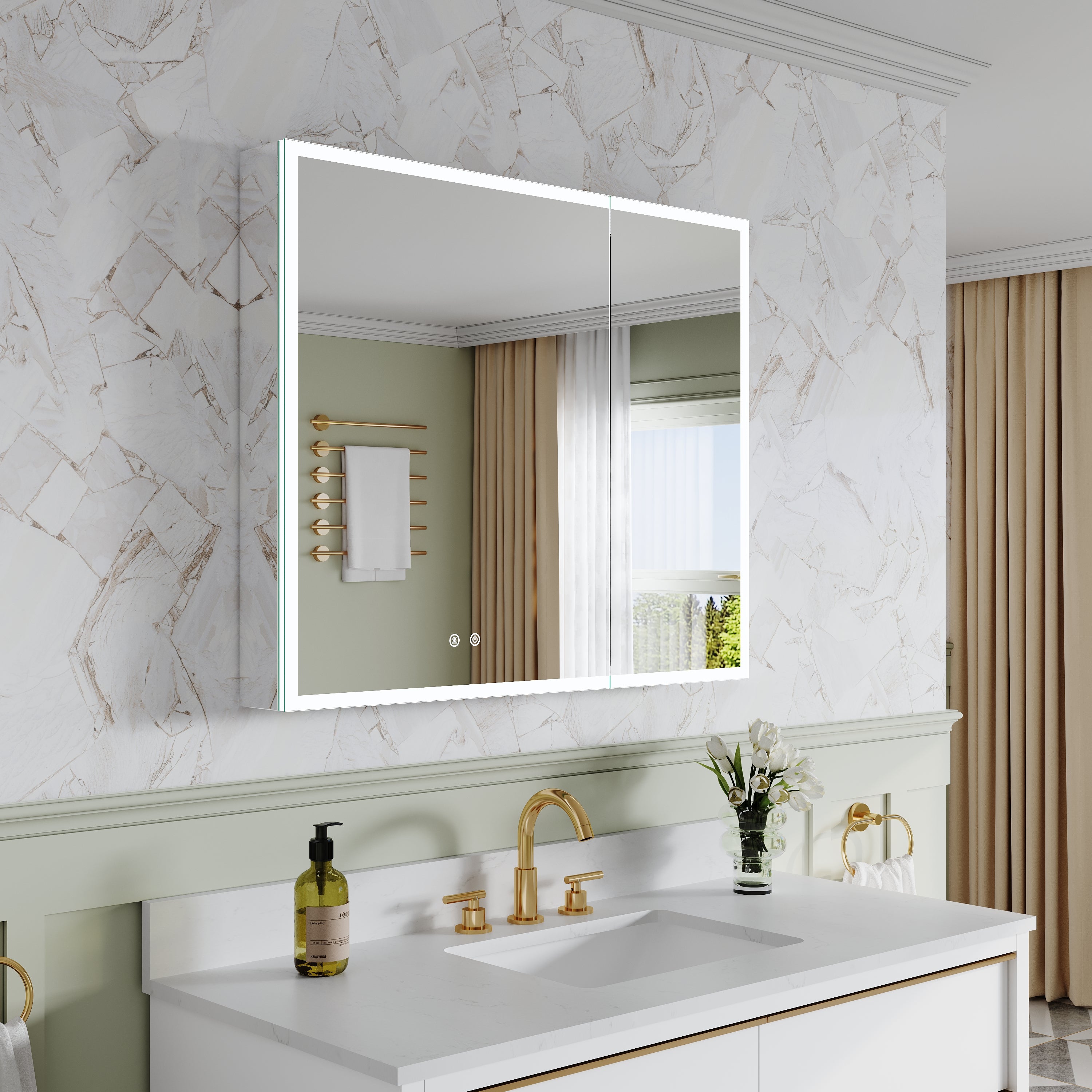
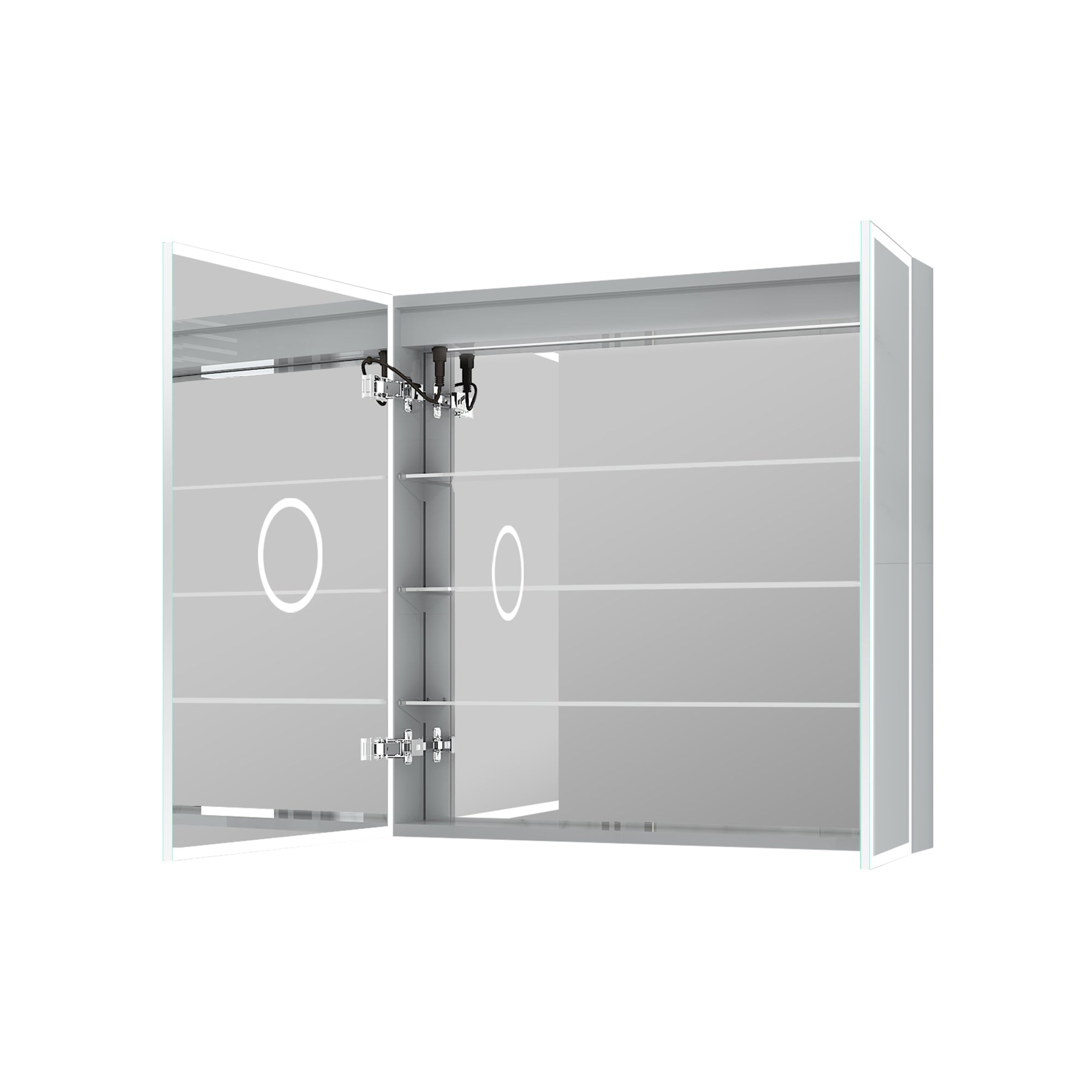
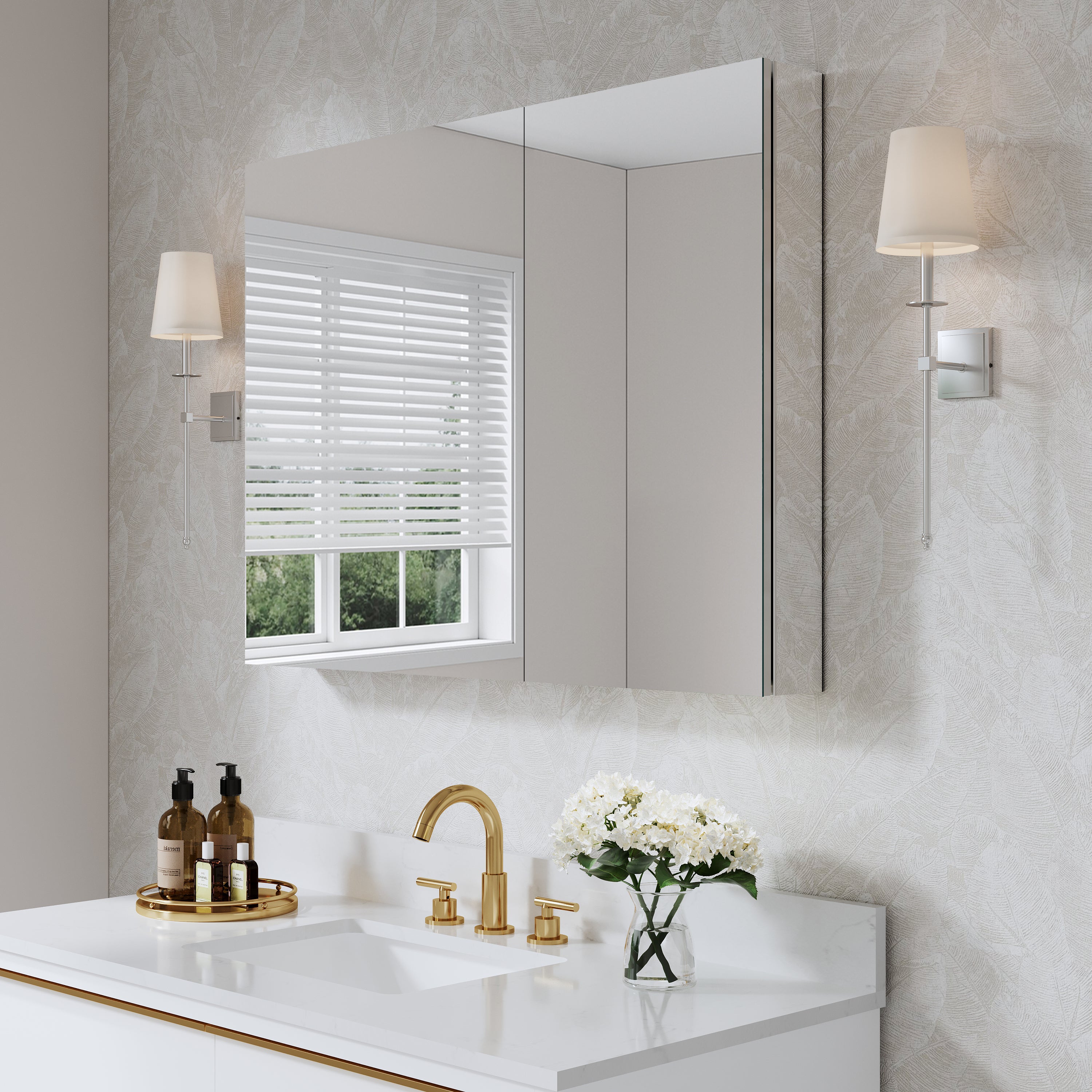

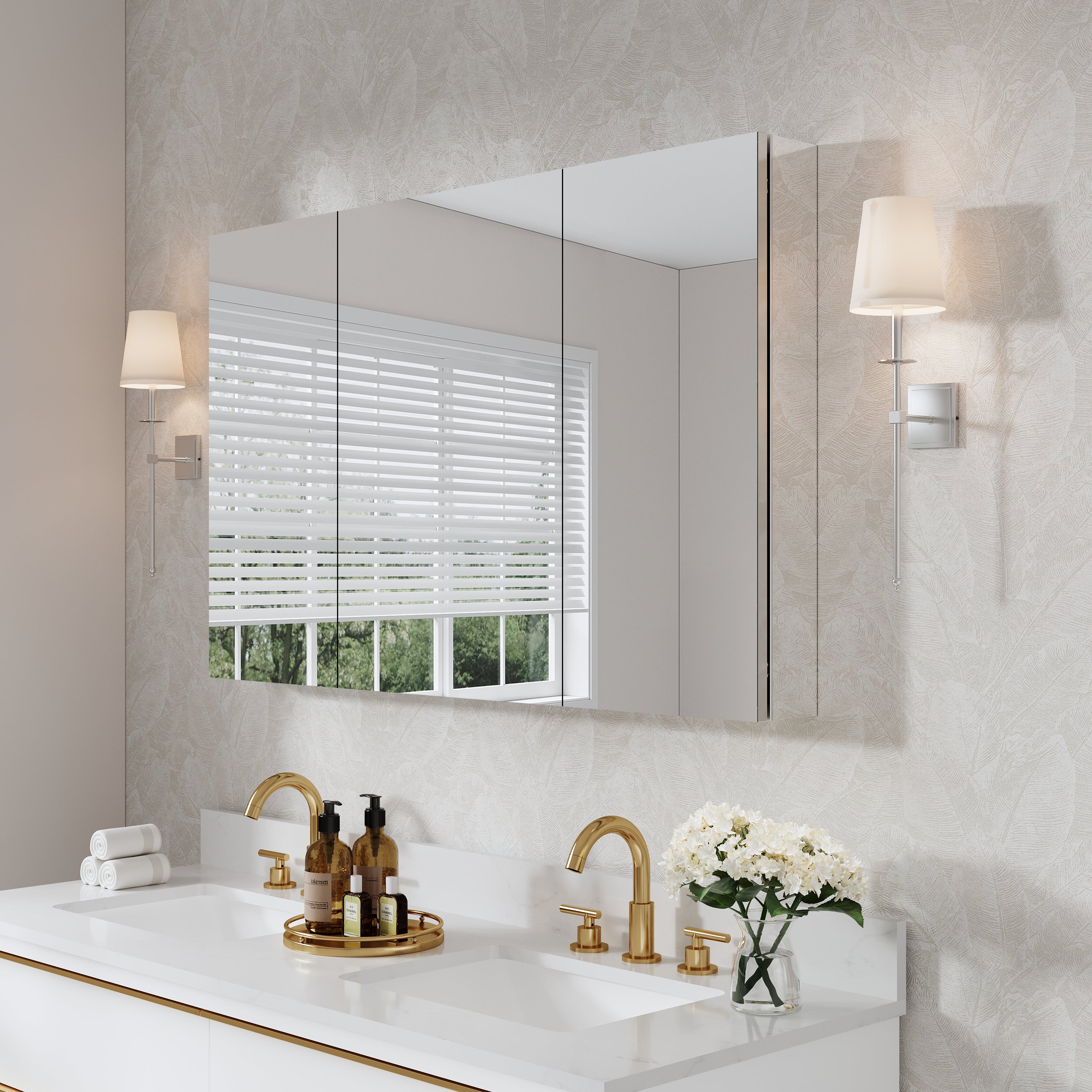
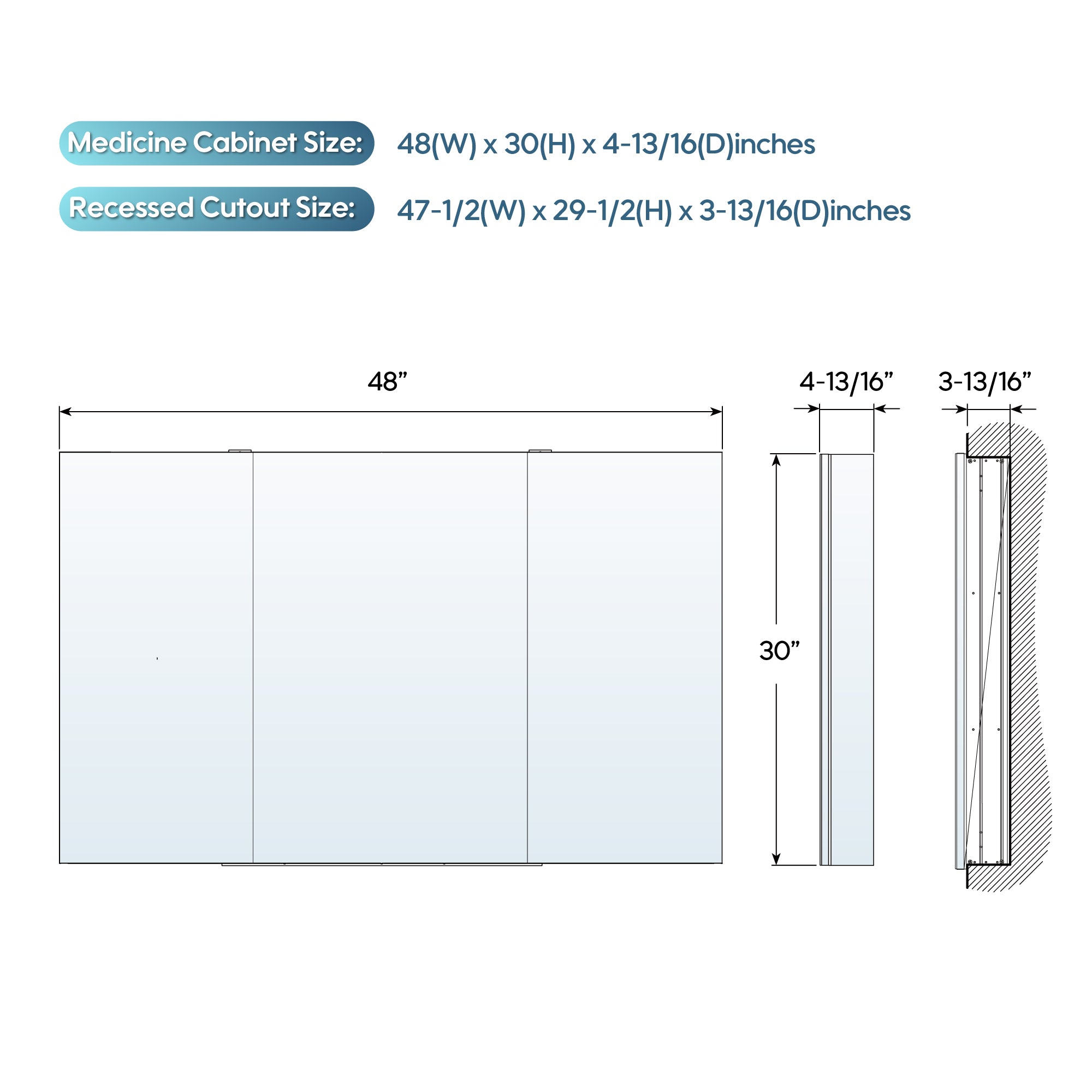
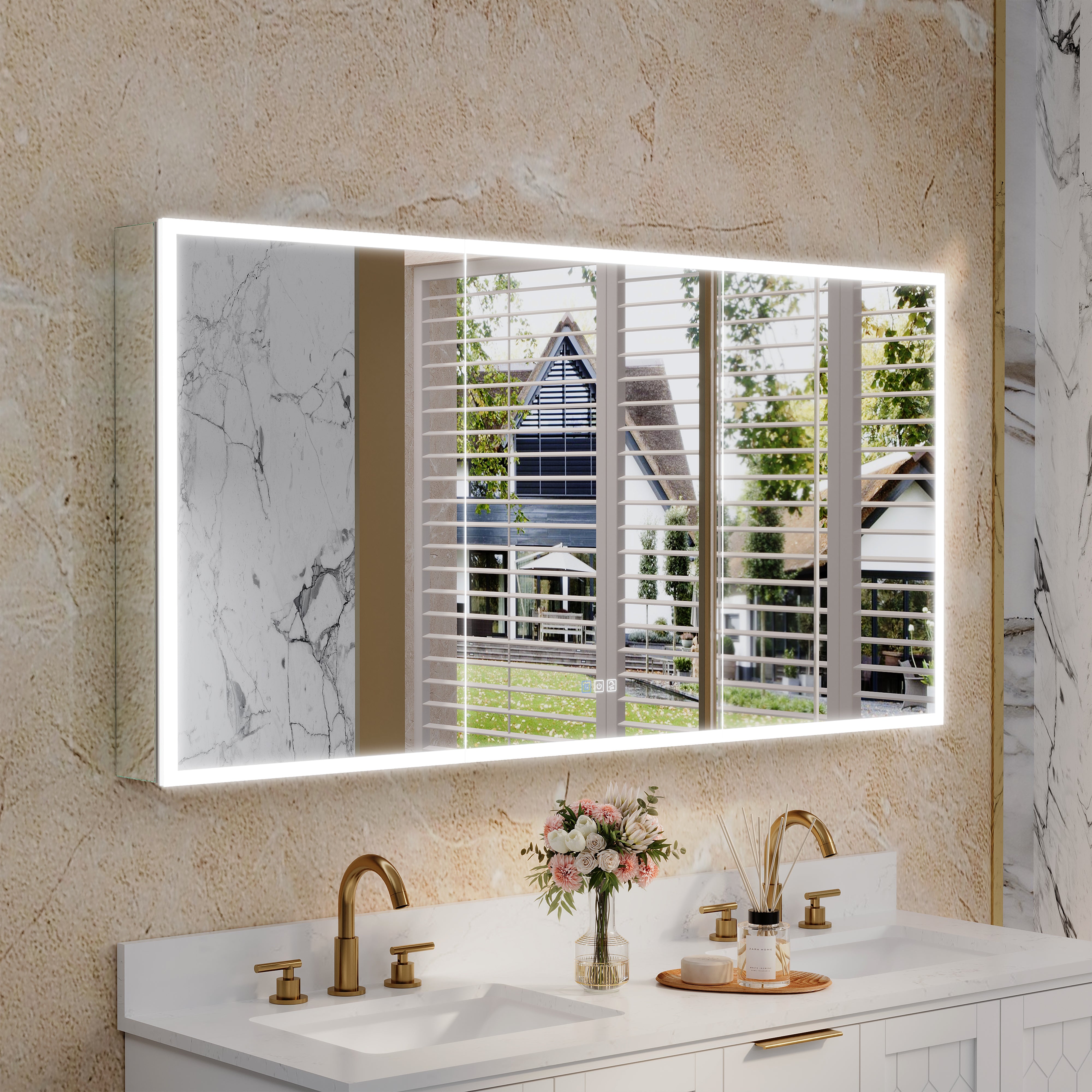
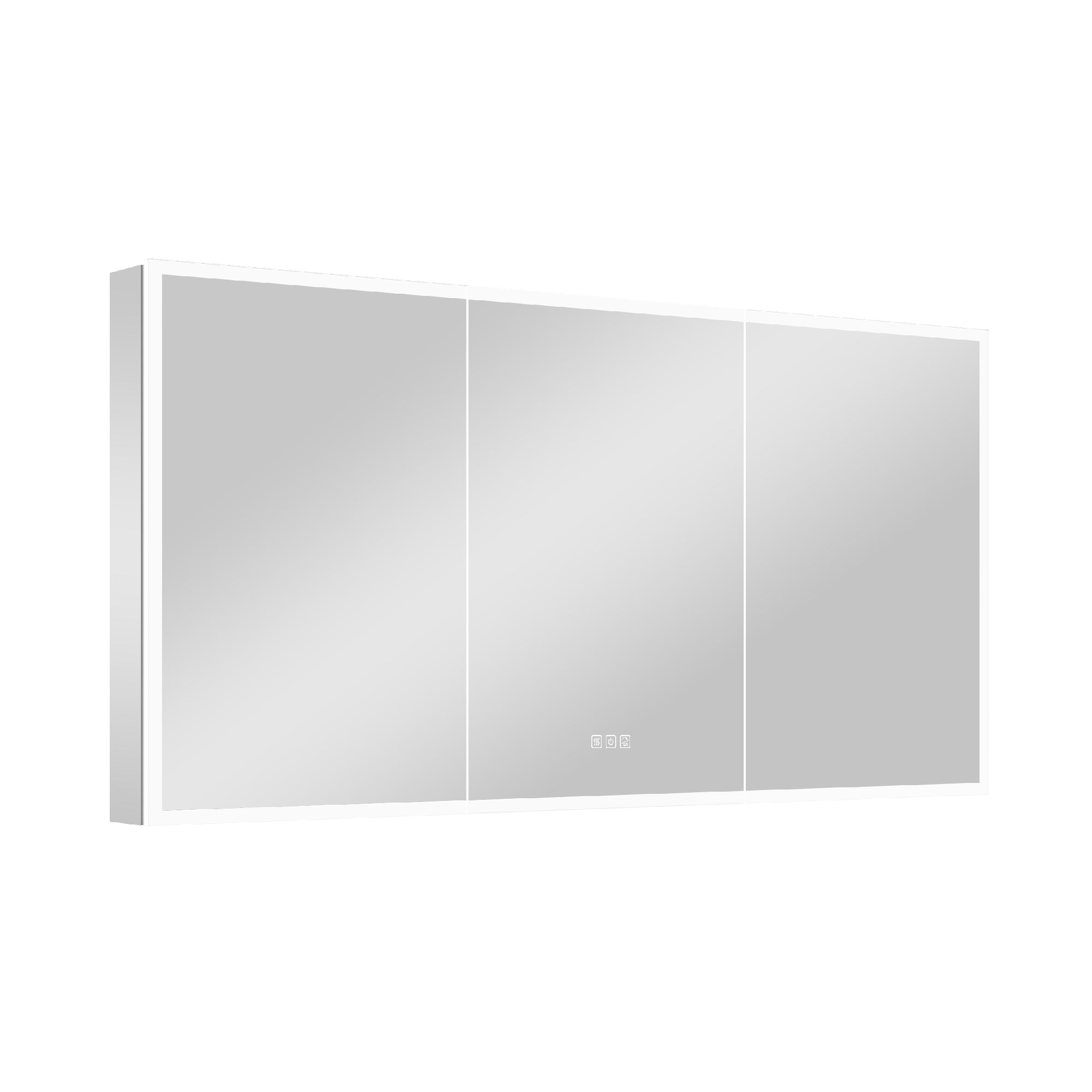
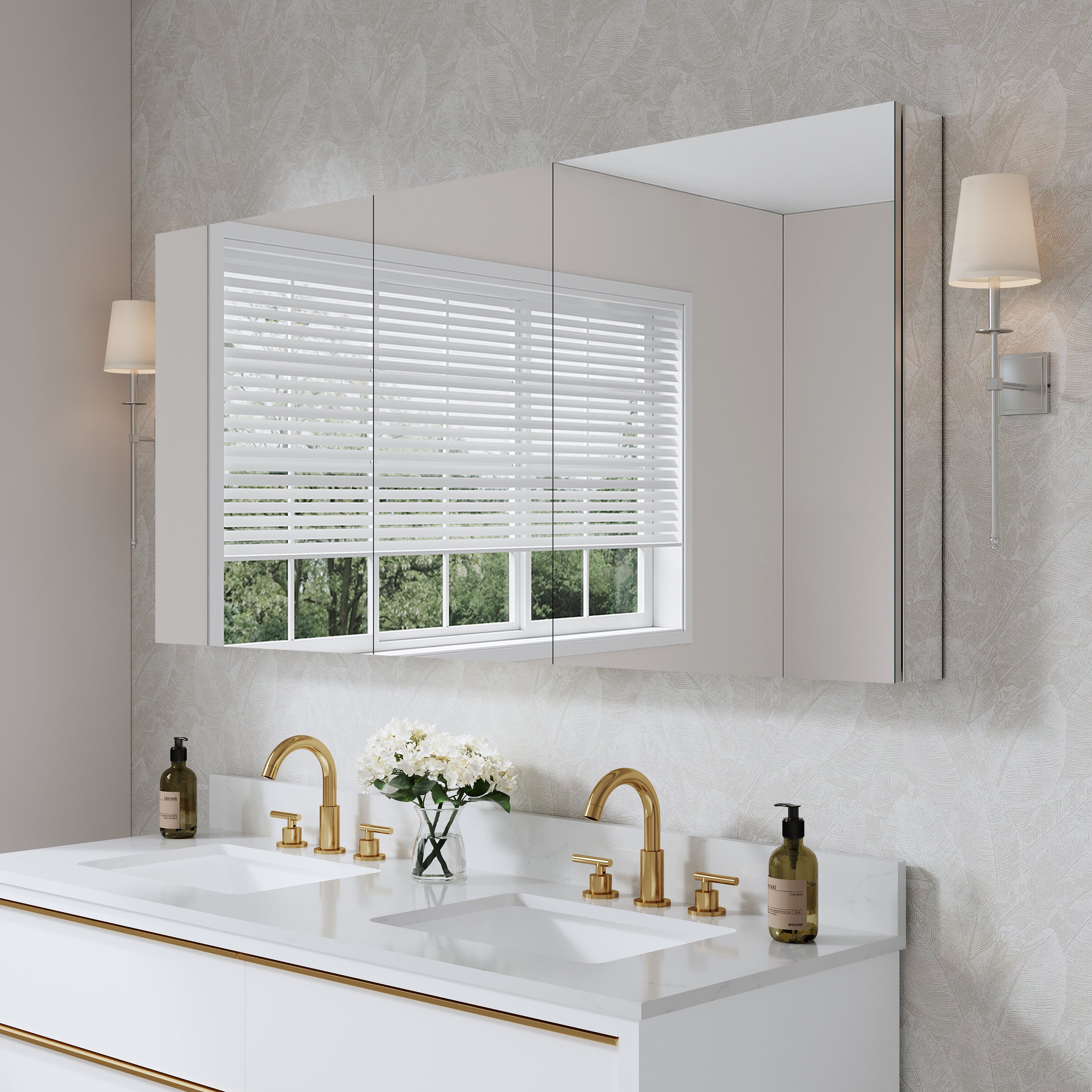
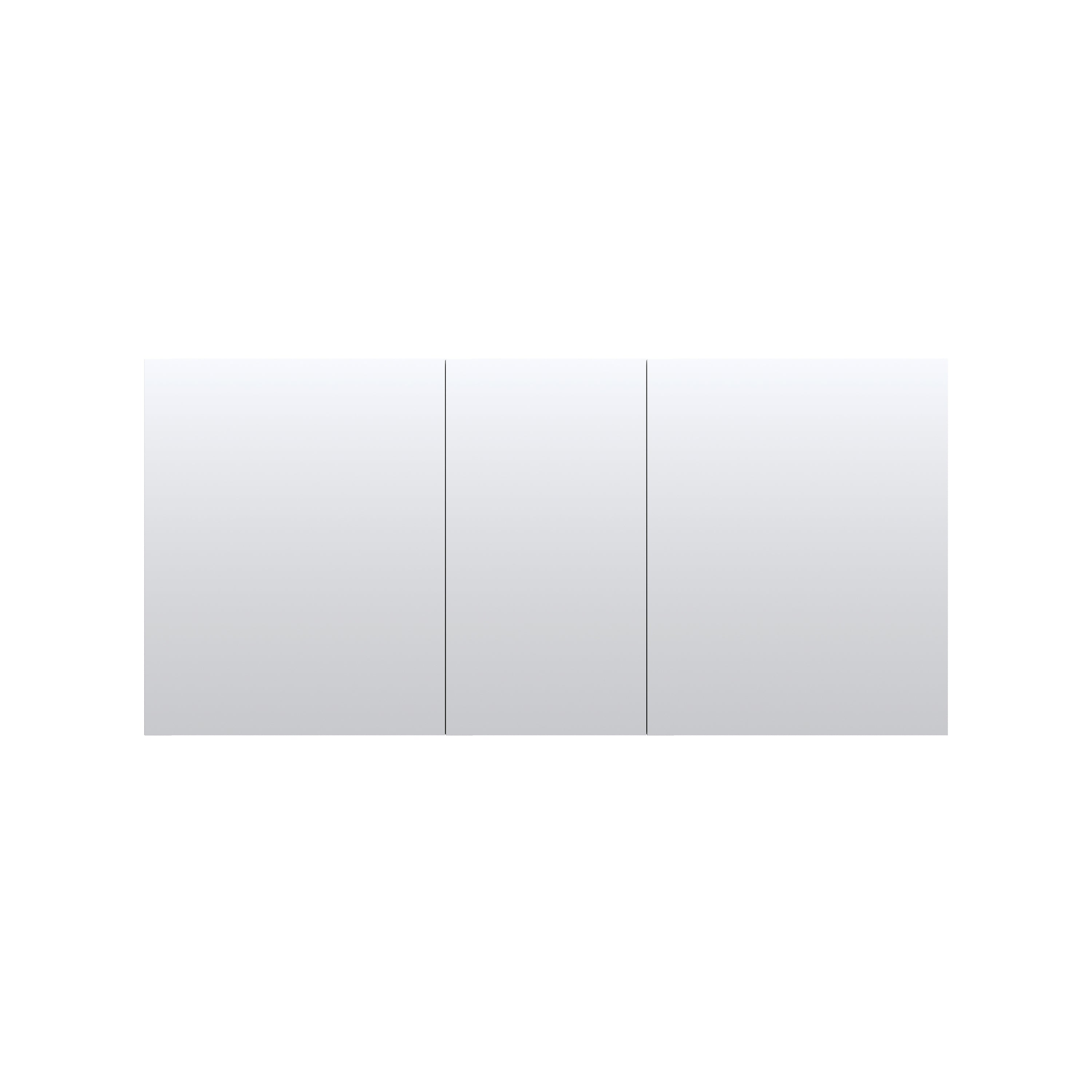
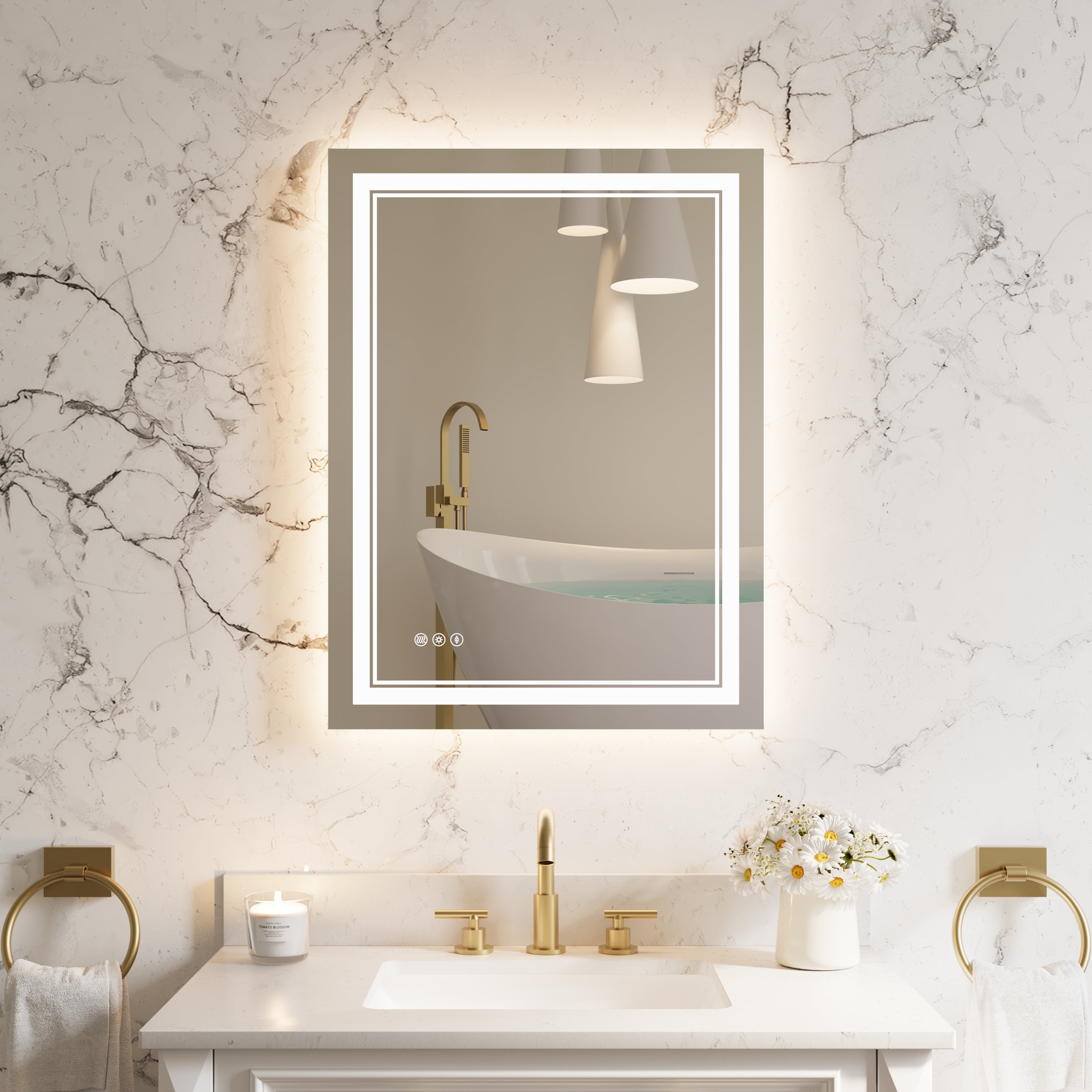
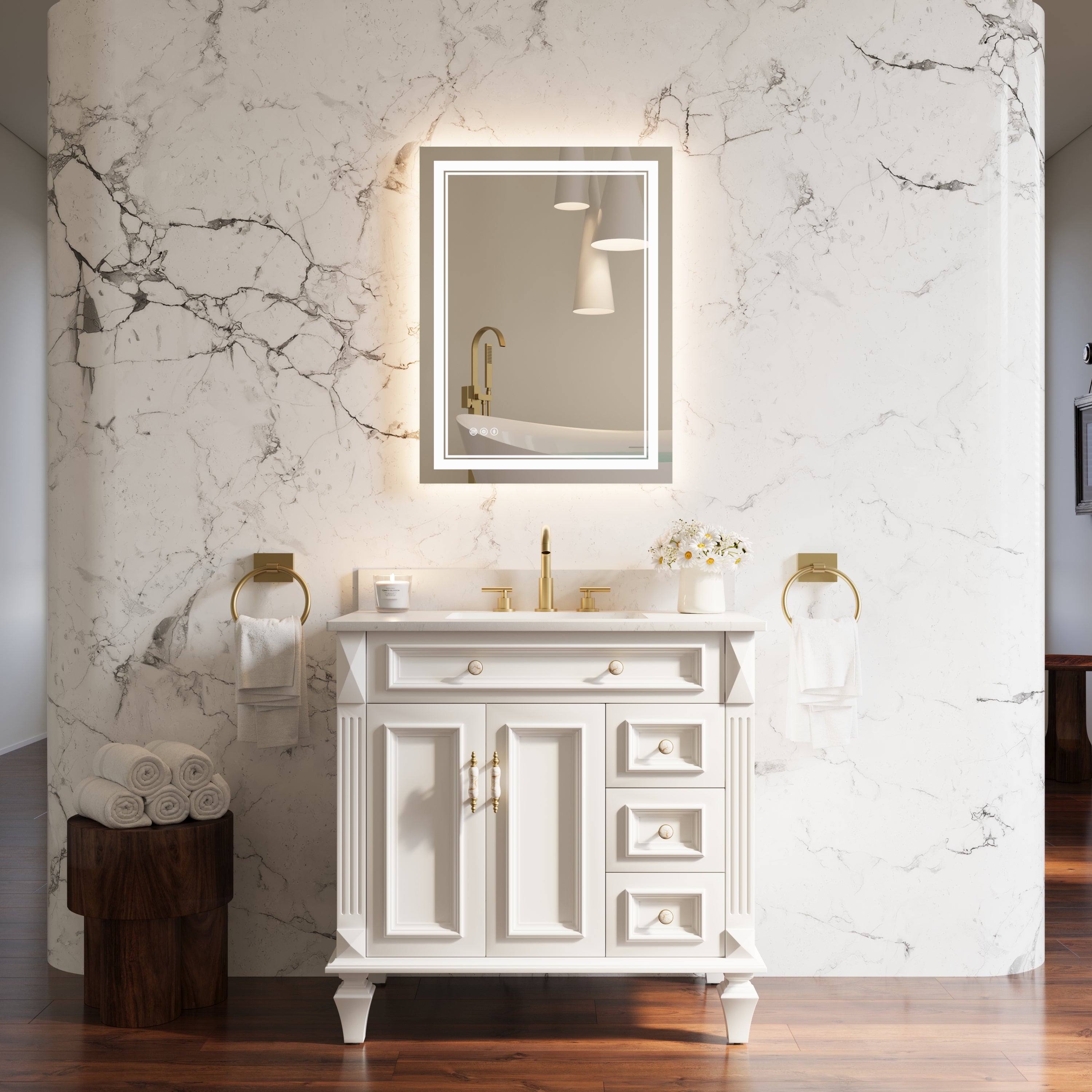
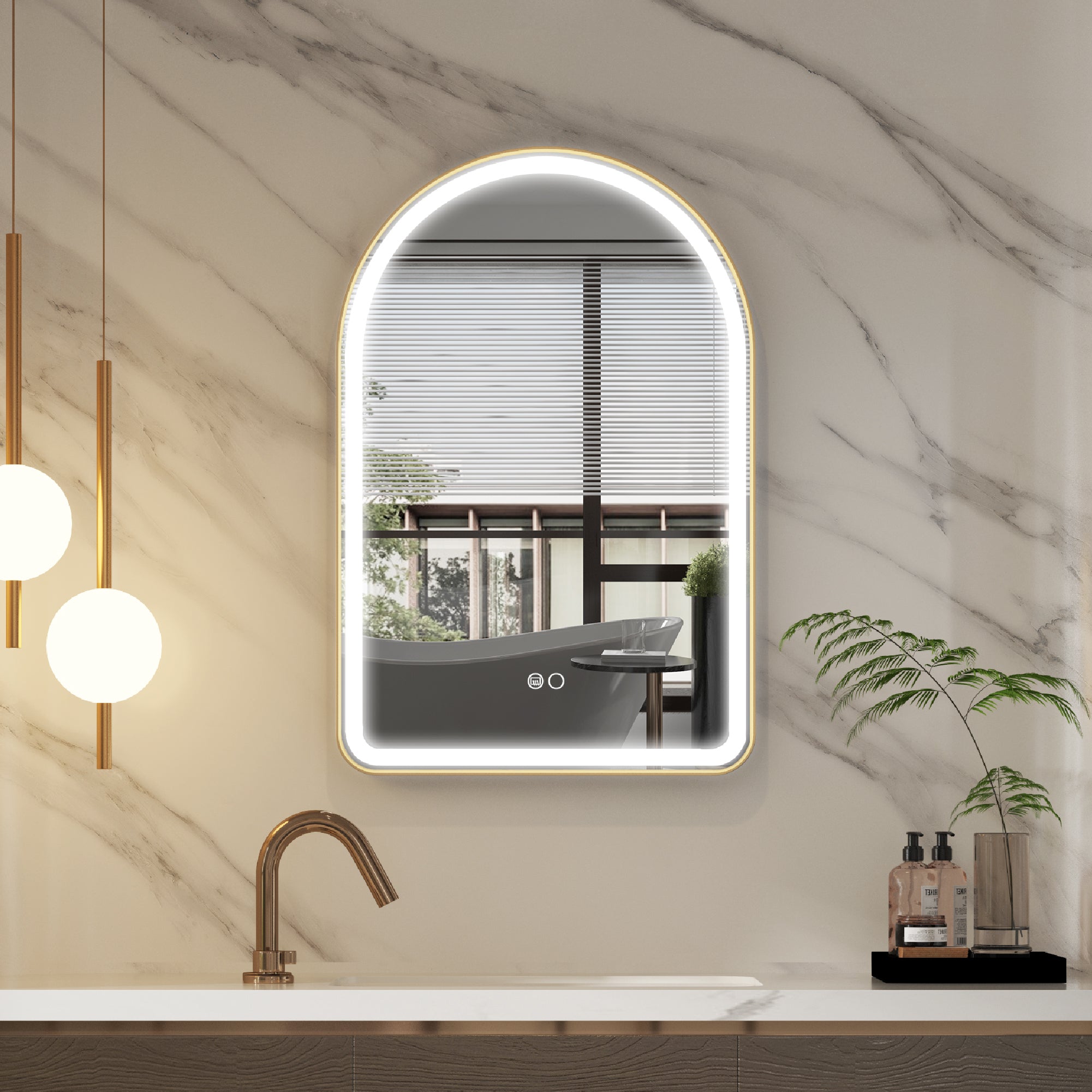
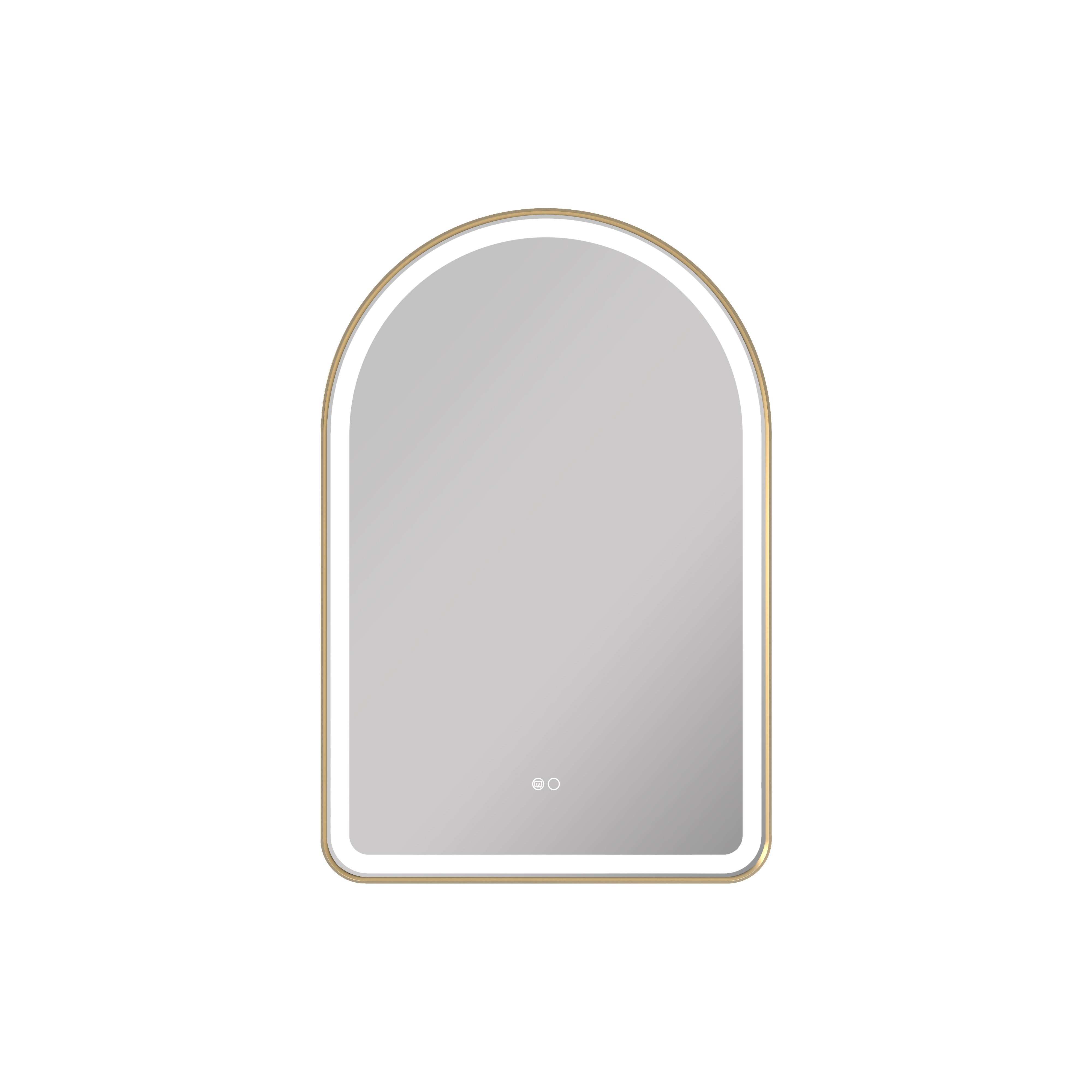
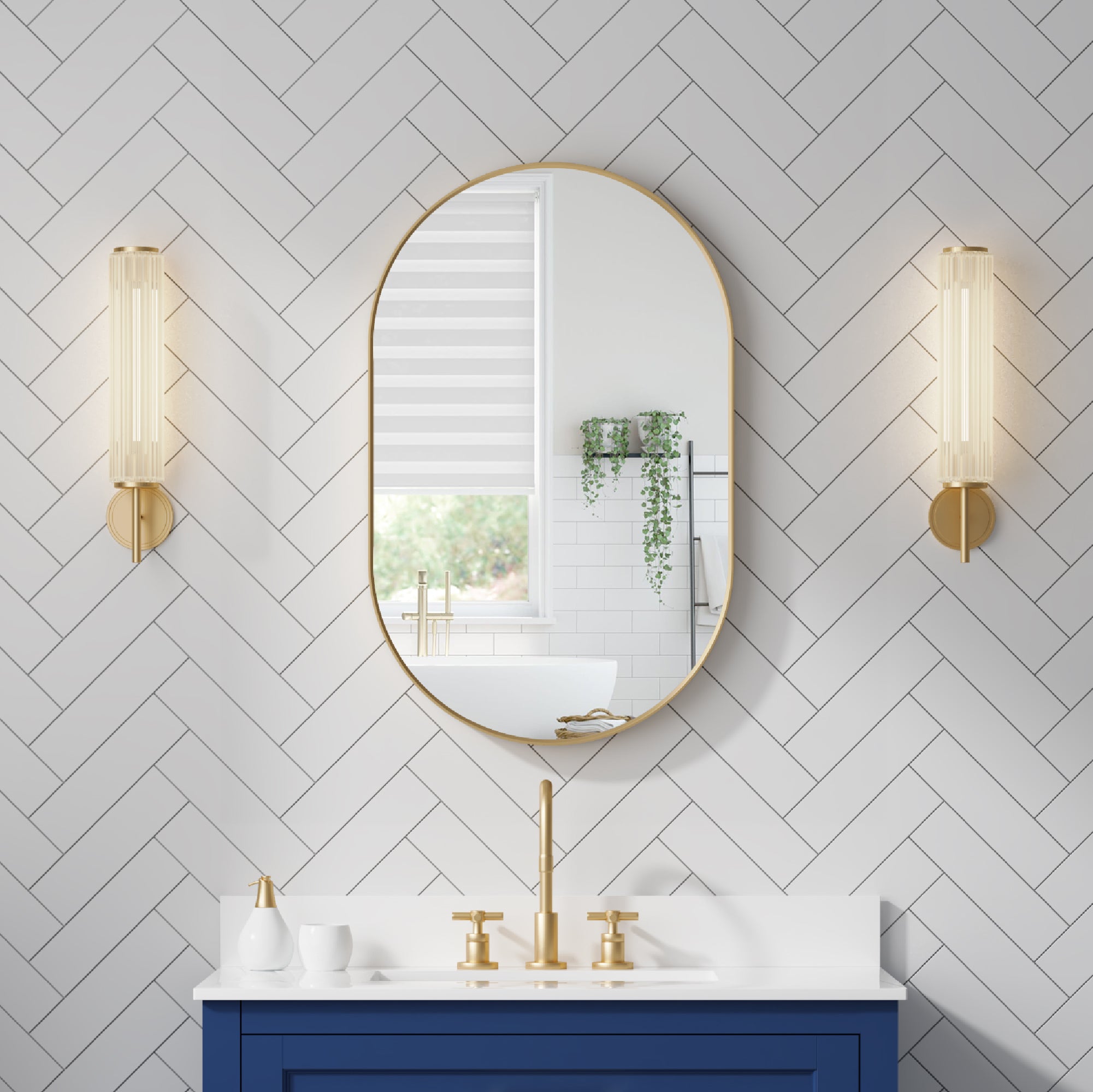
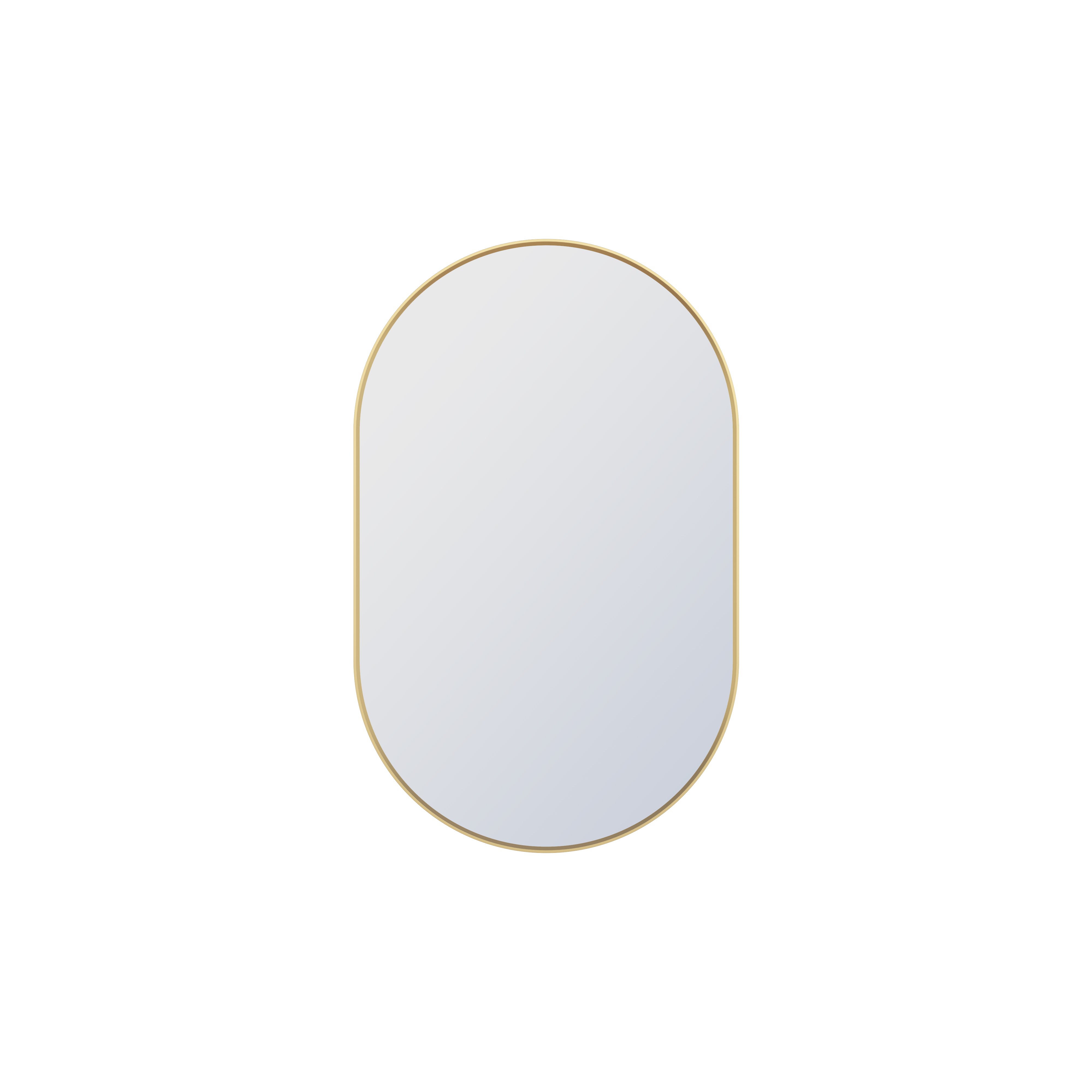


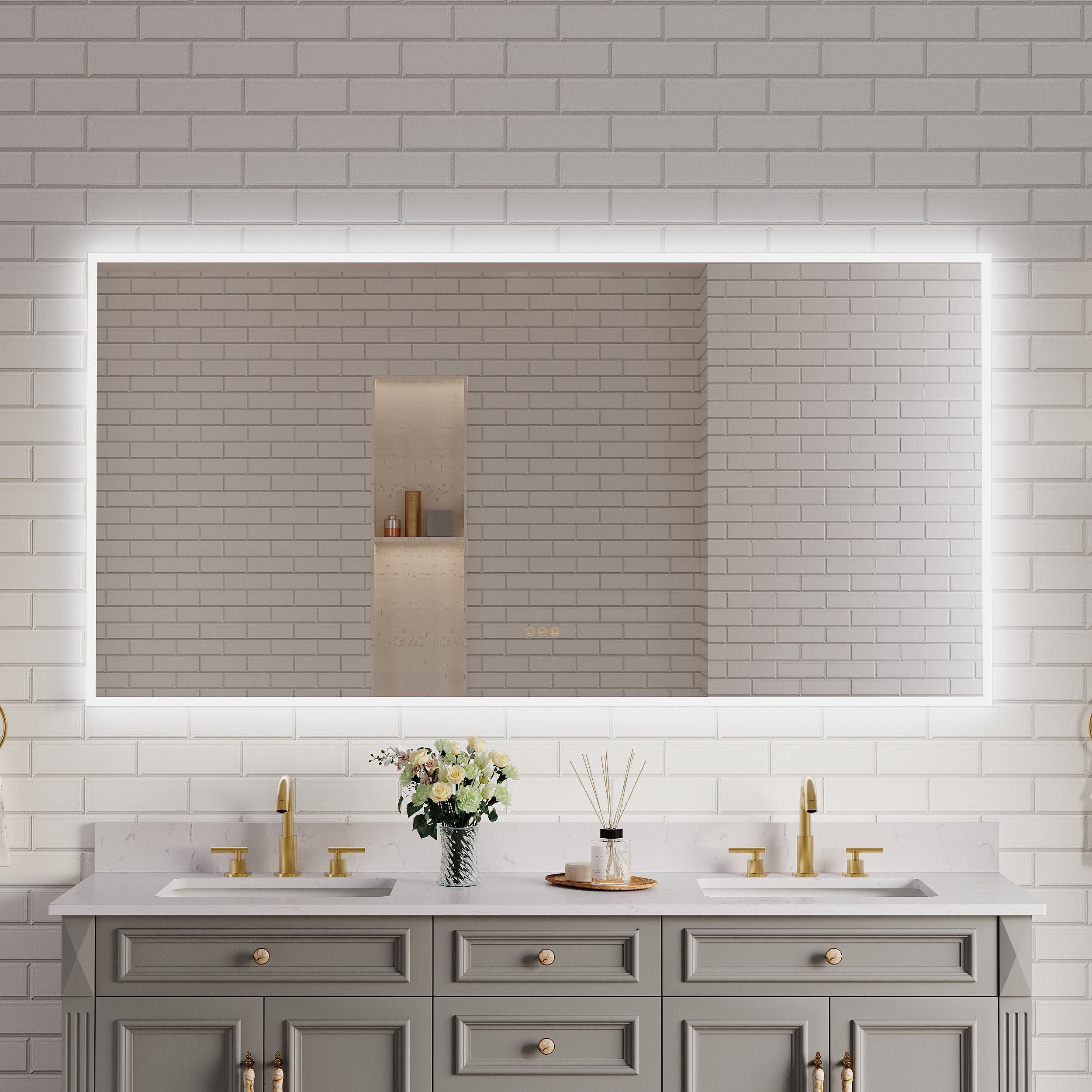
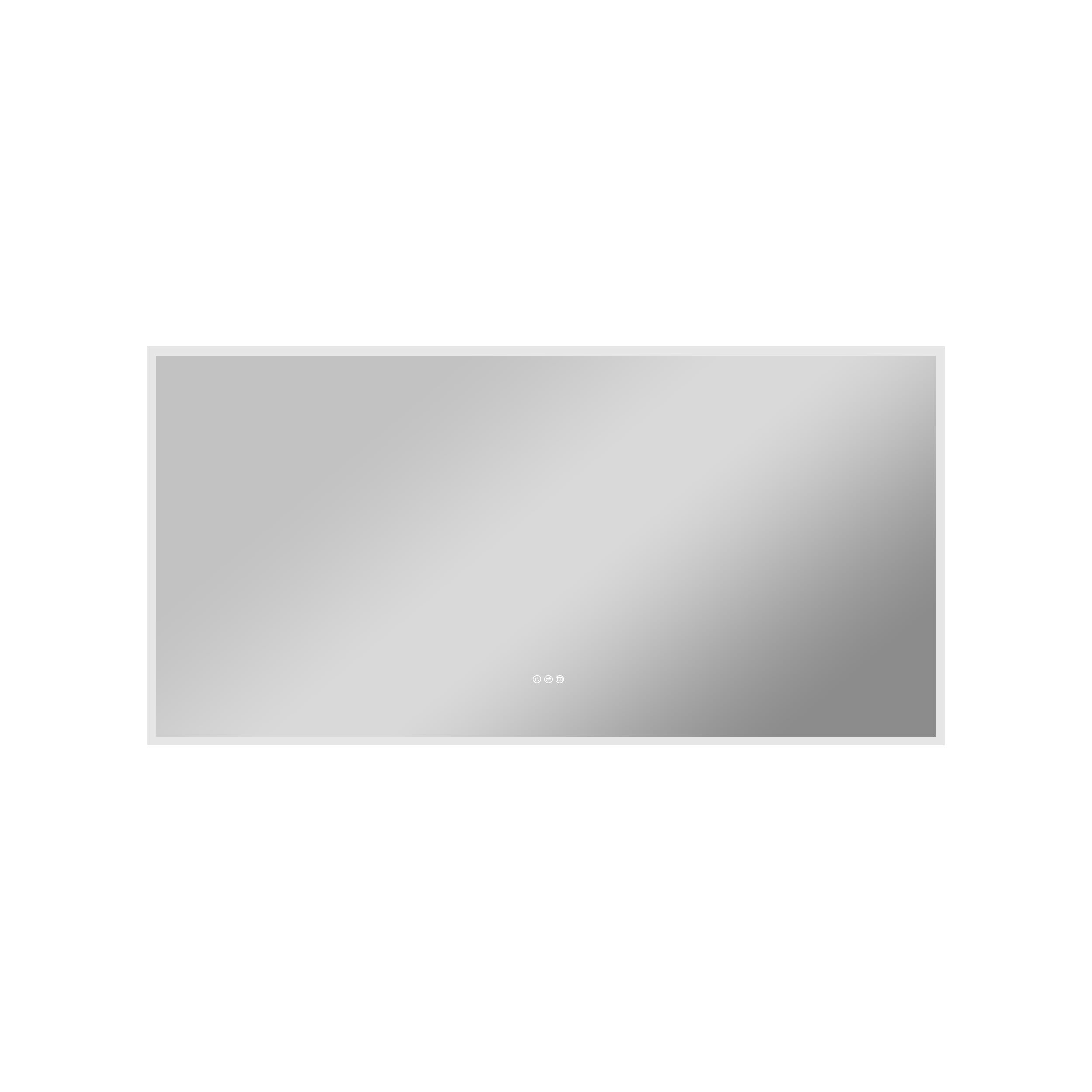




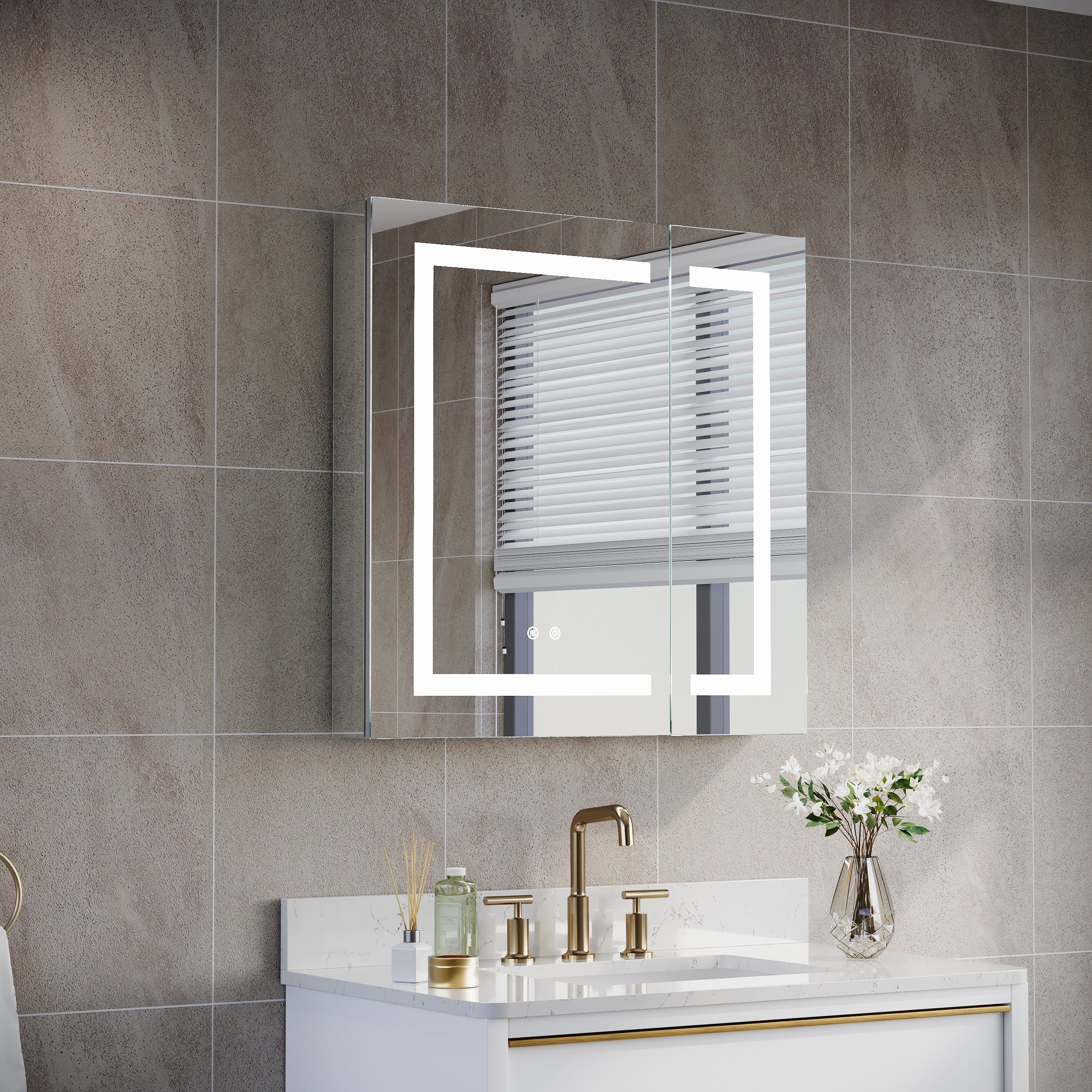
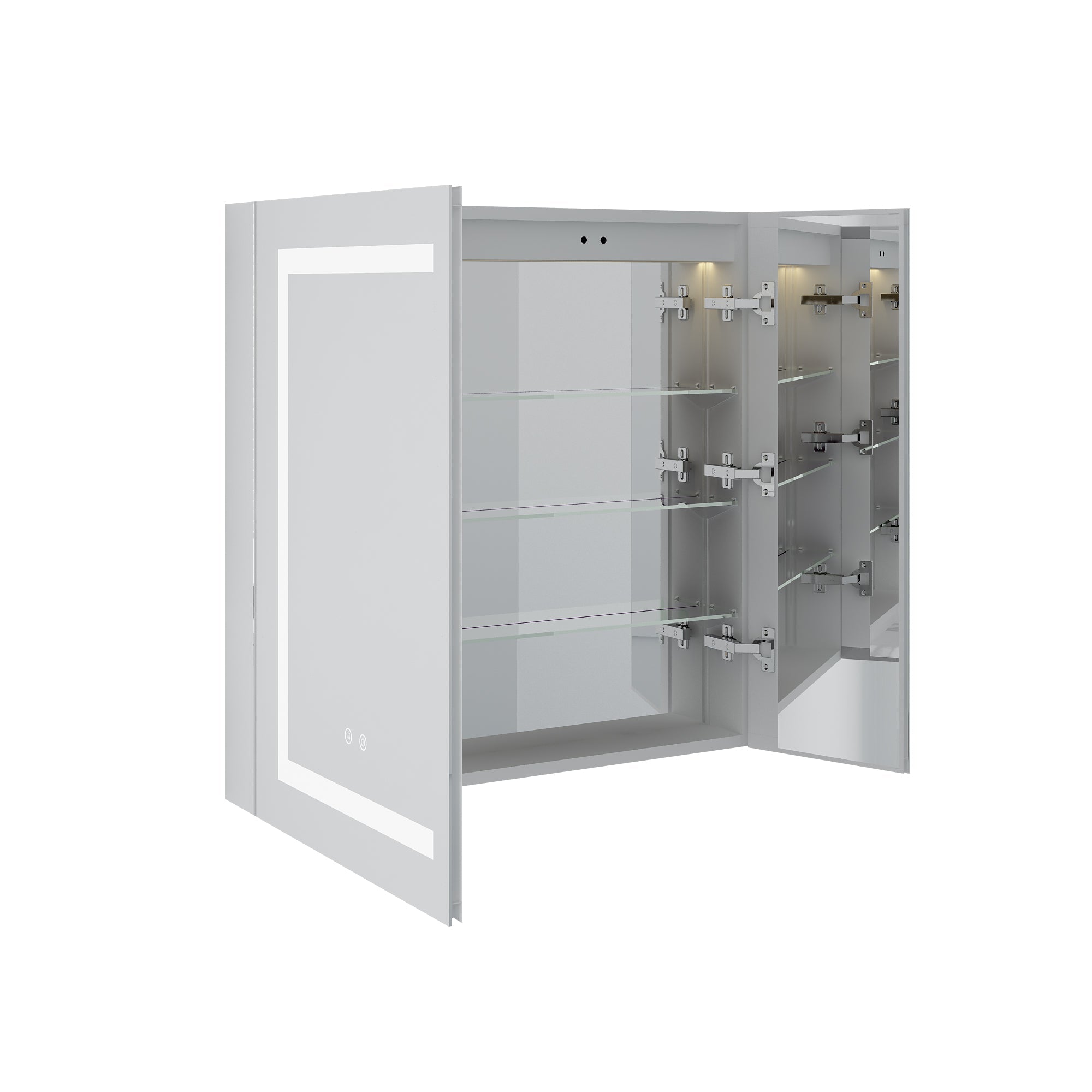




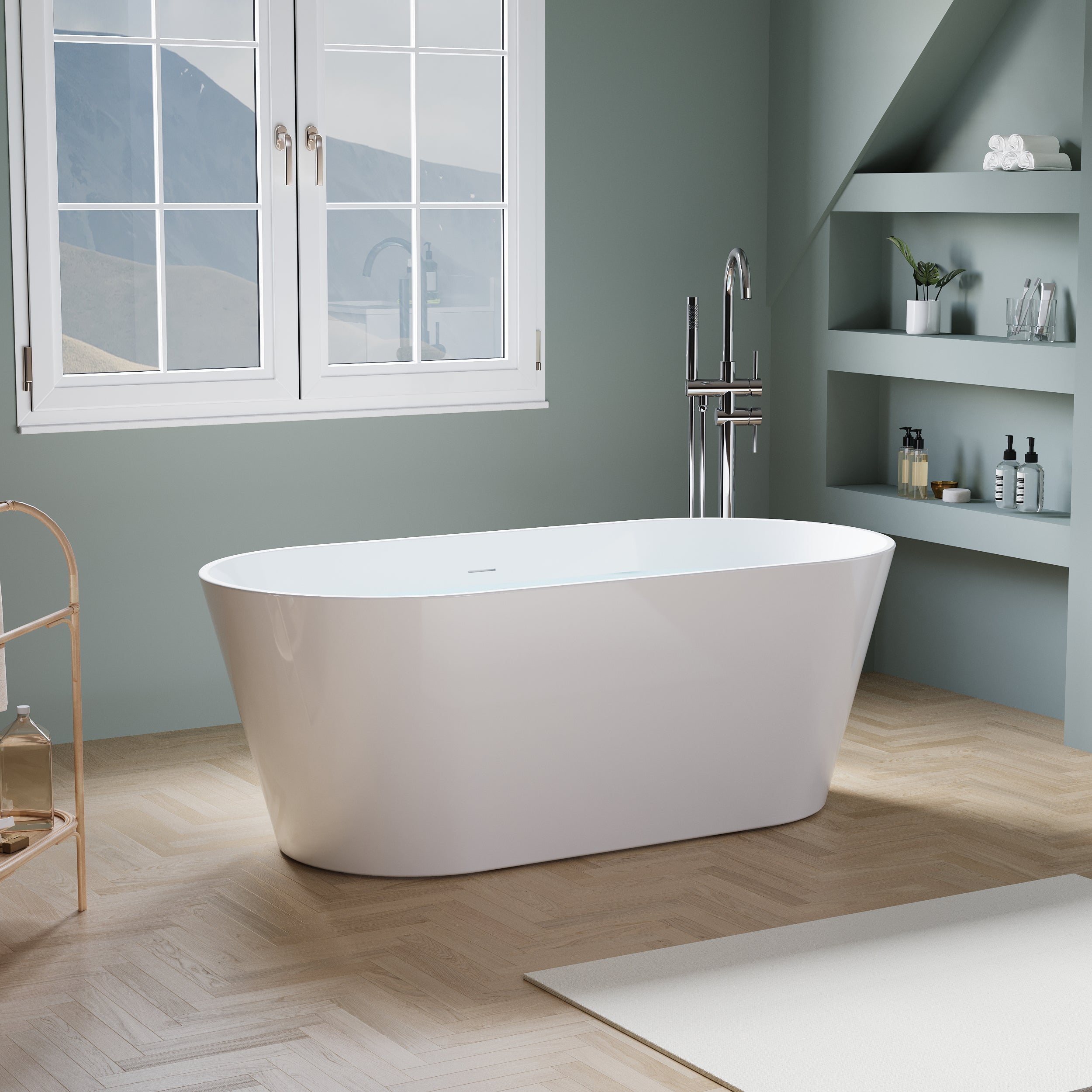
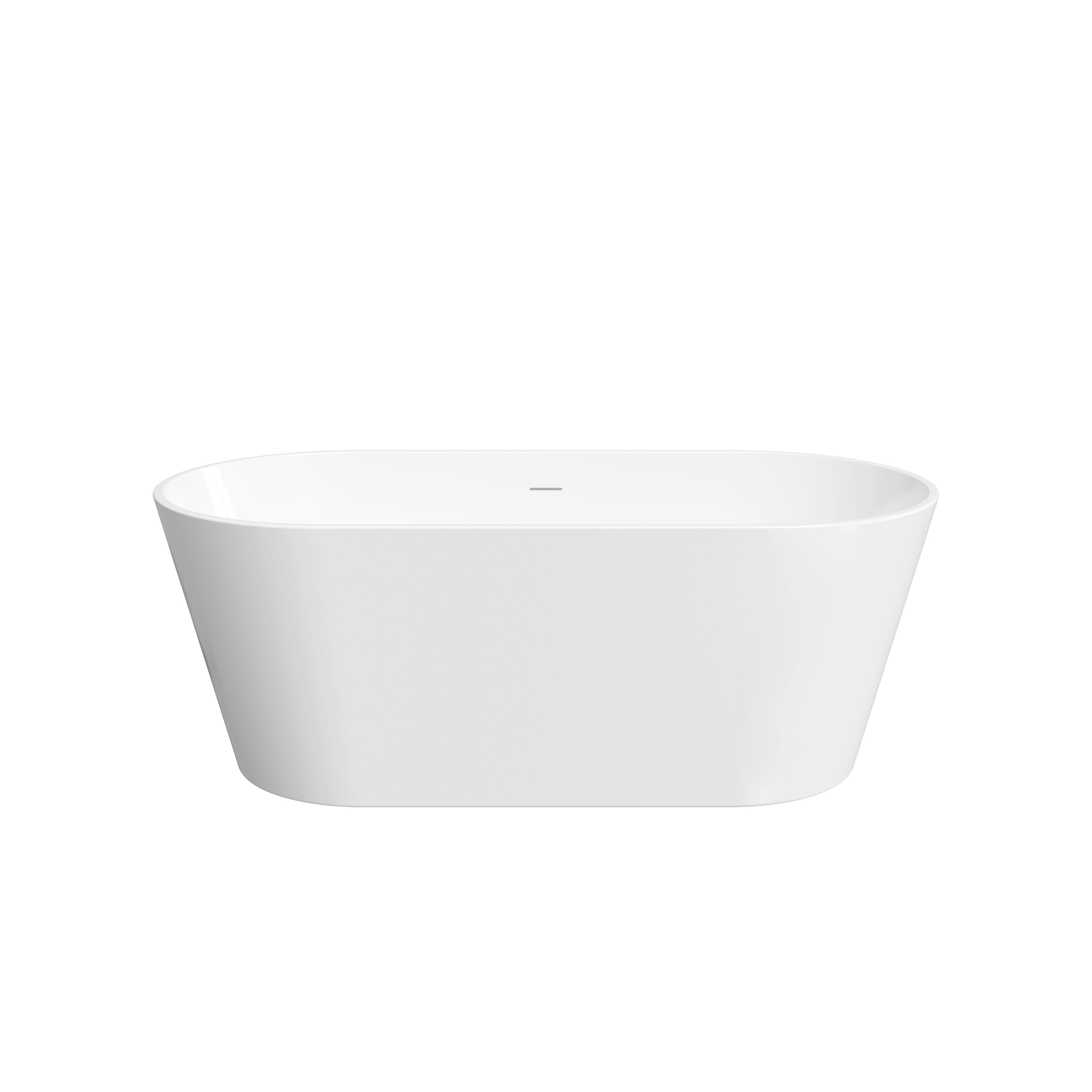


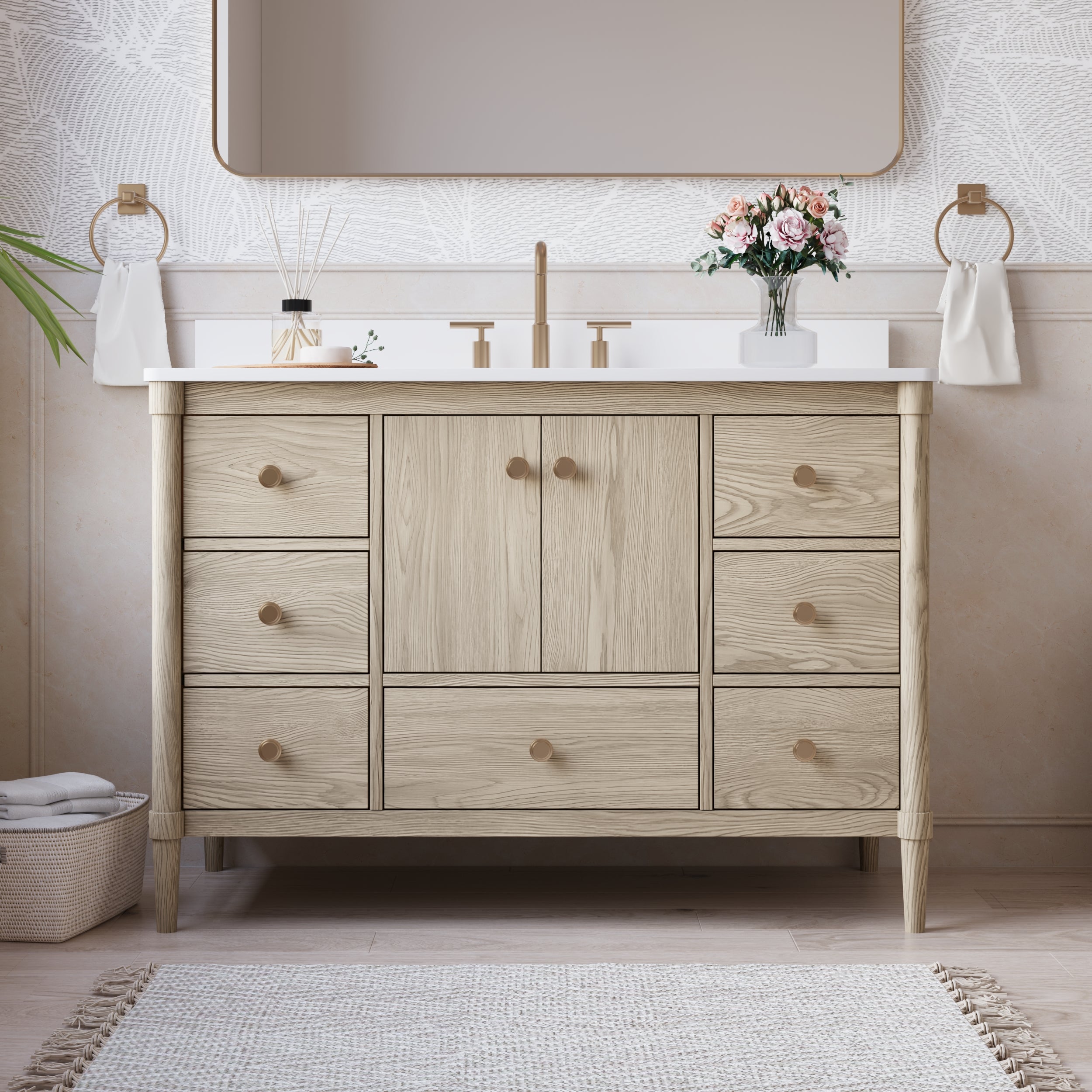
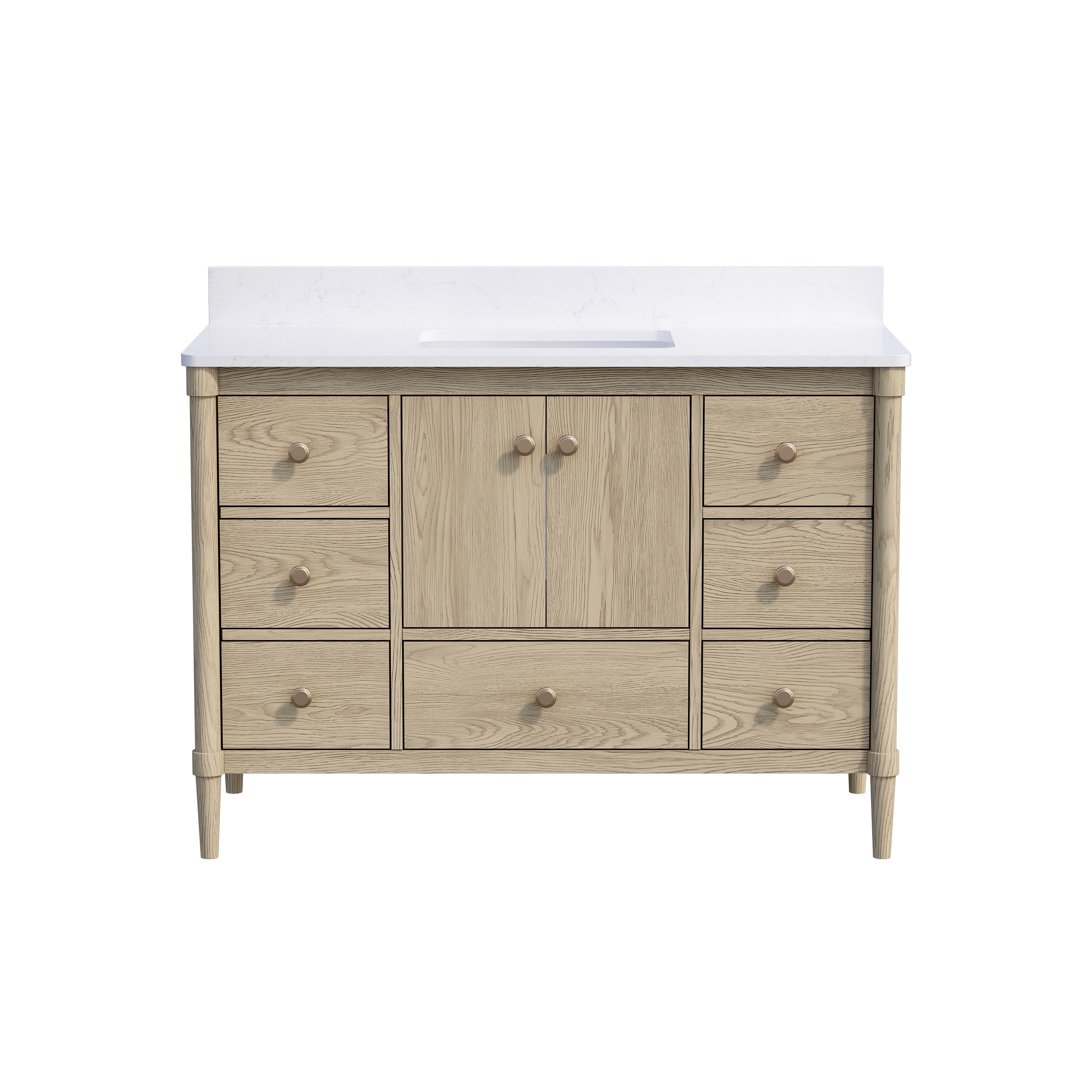
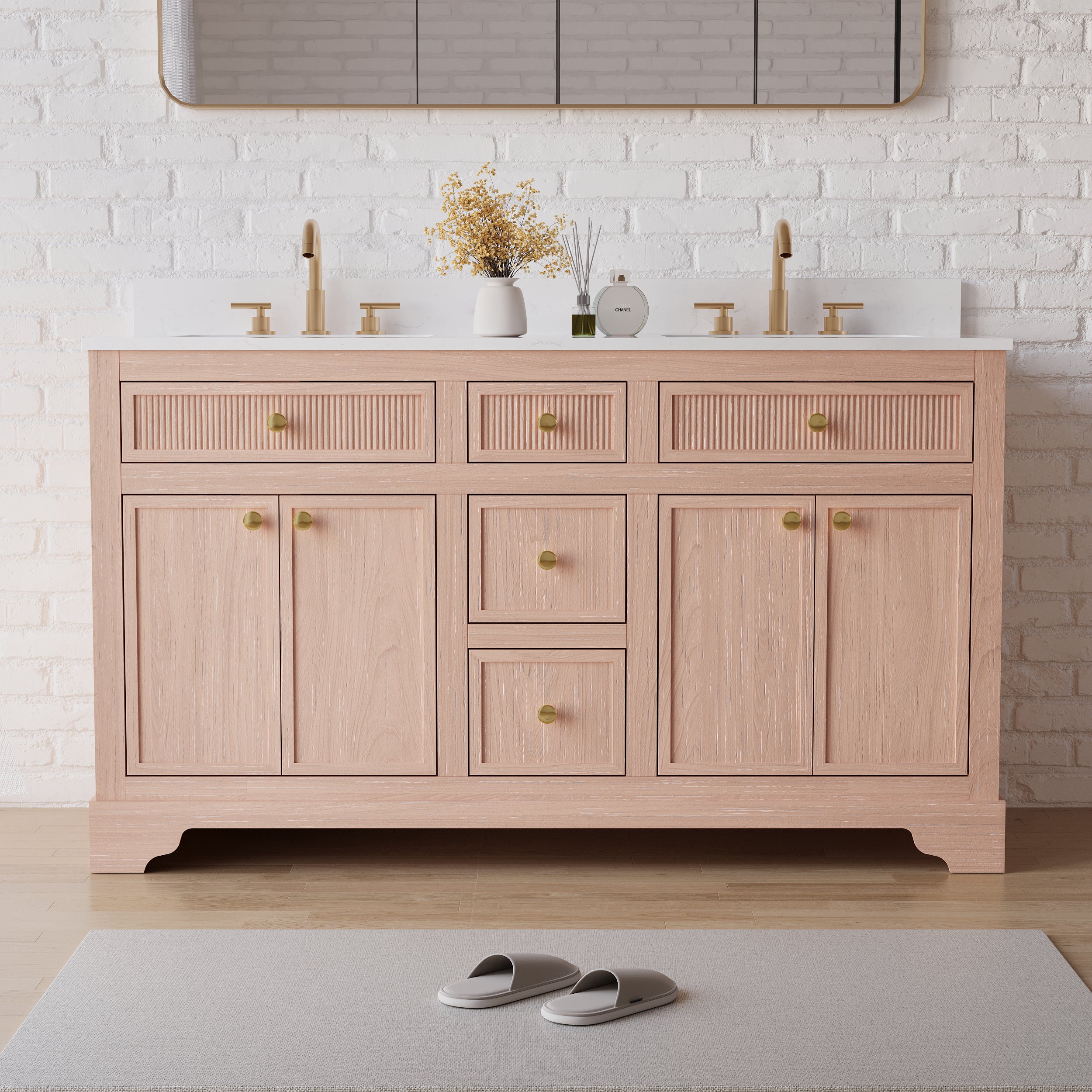
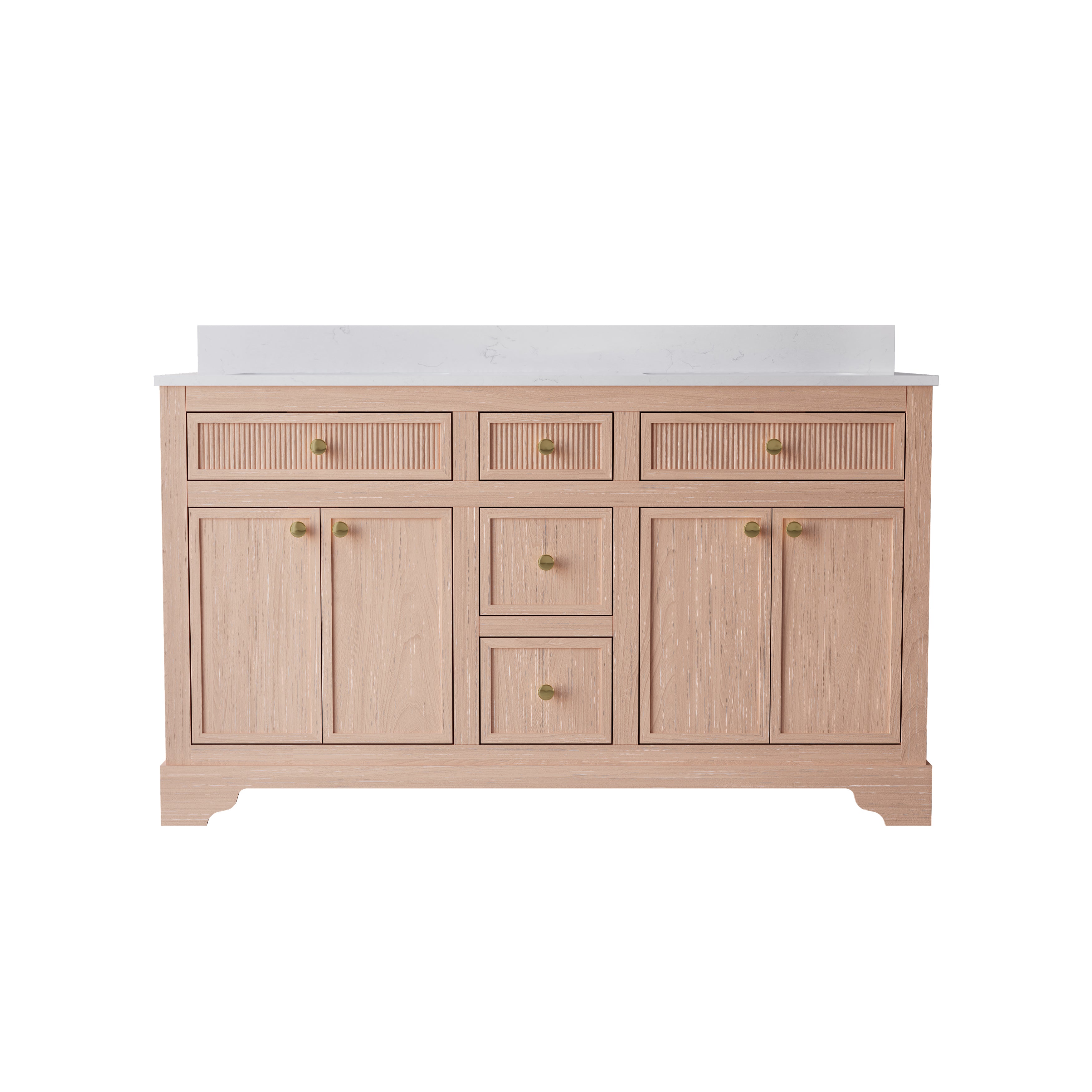
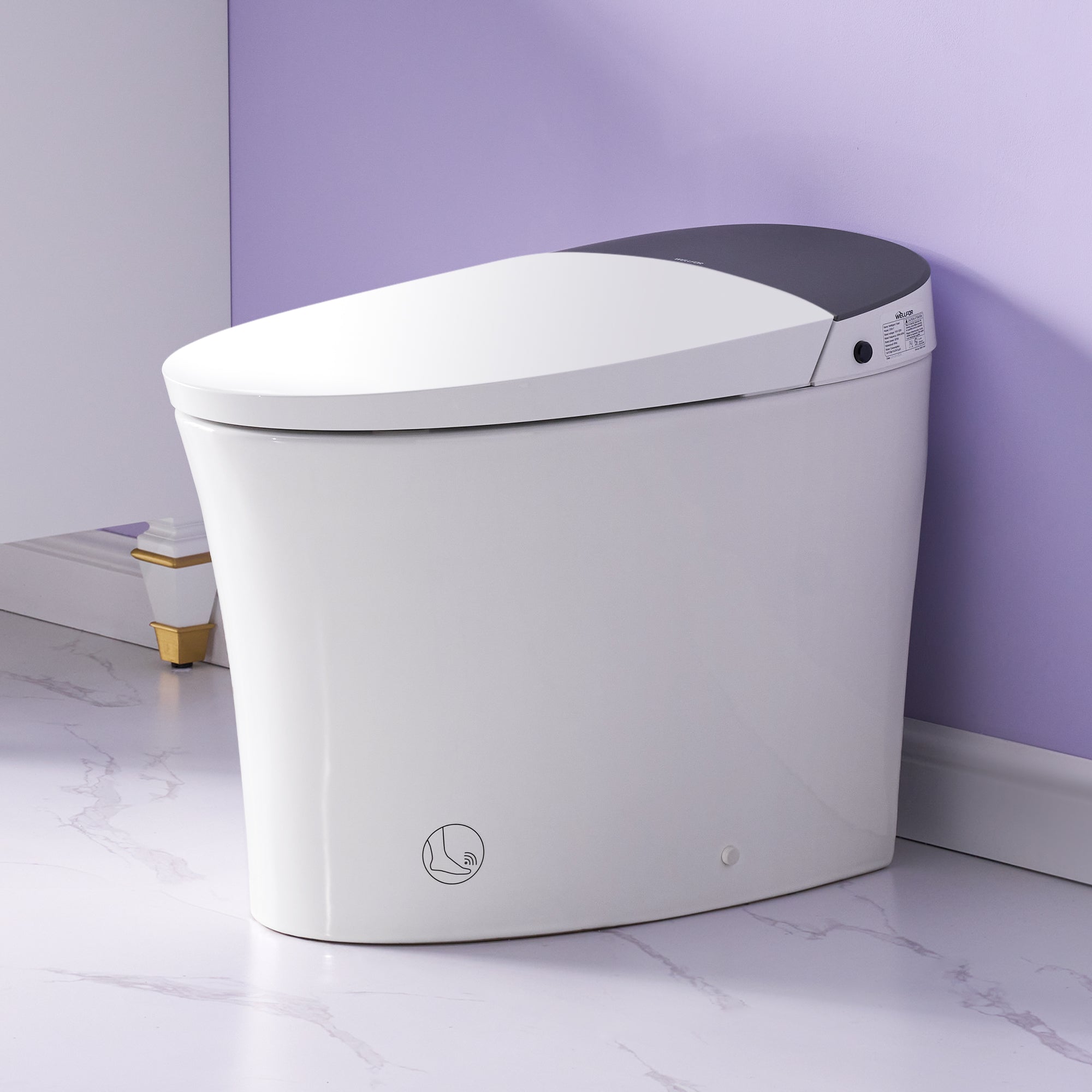
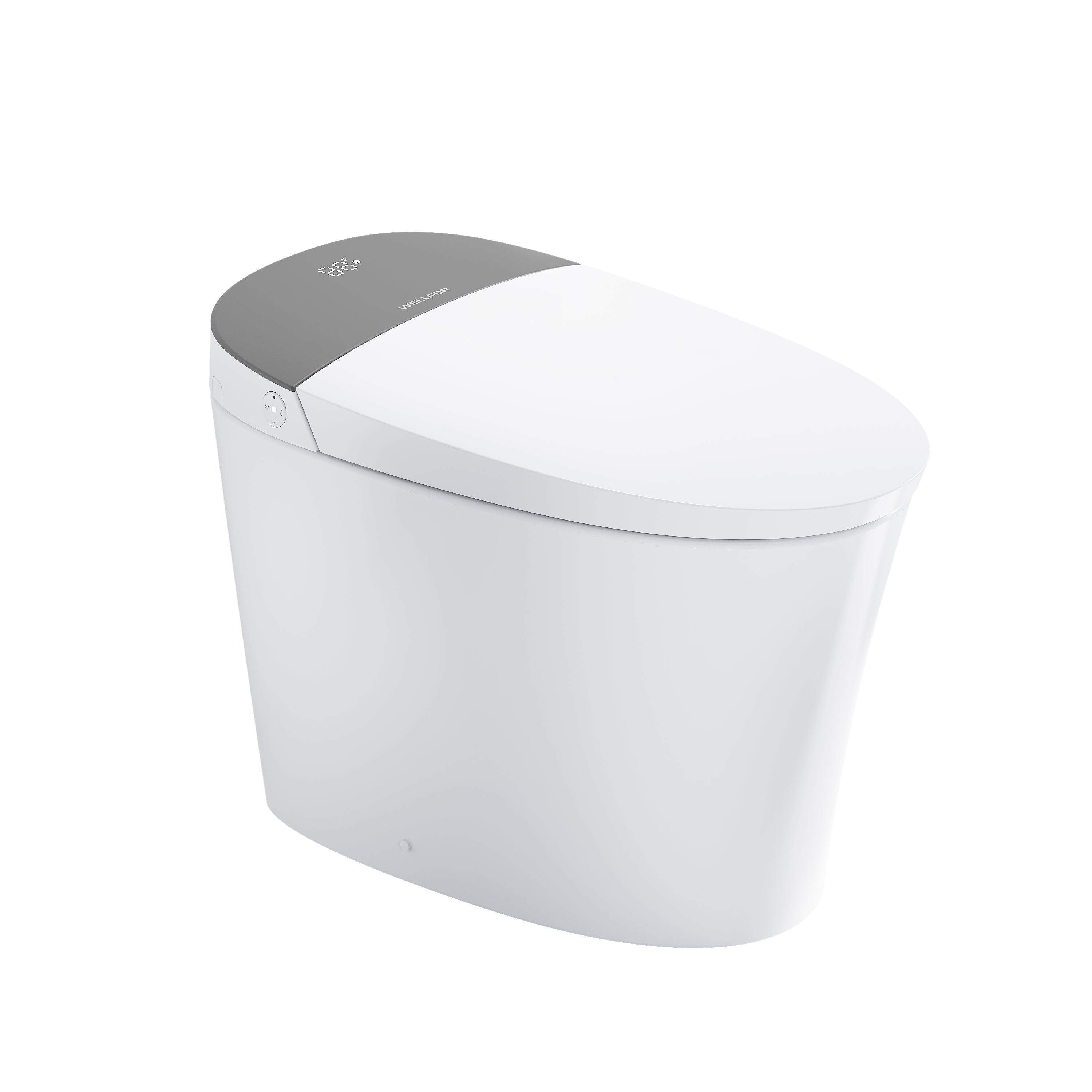
Leave a comment
This site is protected by hCaptcha and the hCaptcha Privacy Policy and Terms of Service apply.